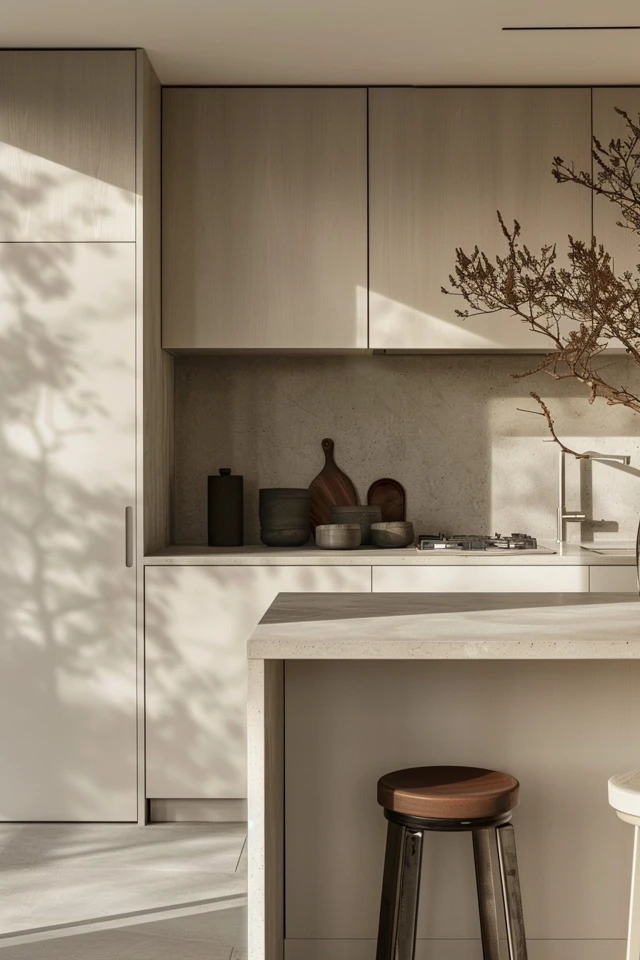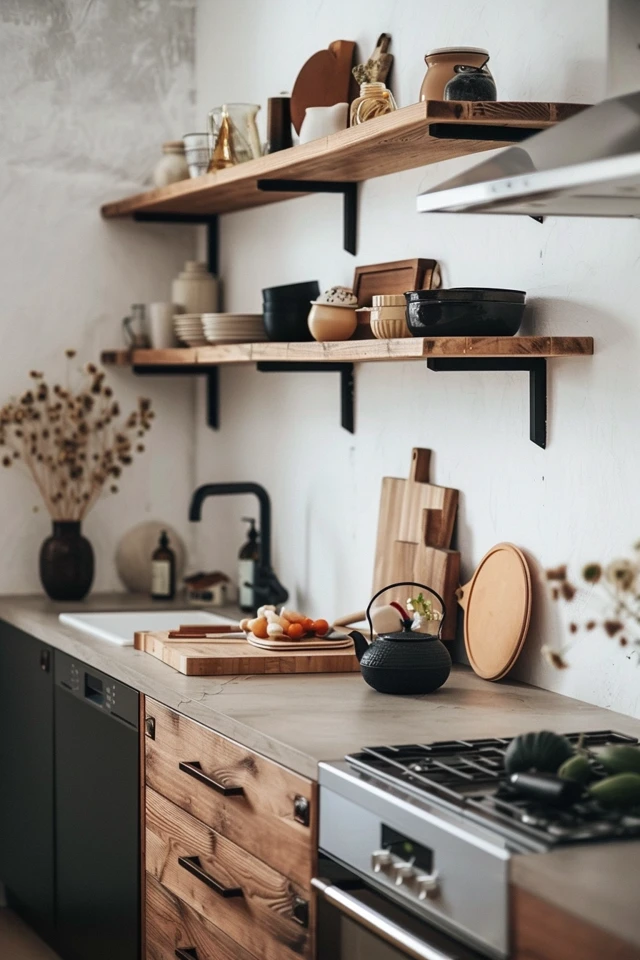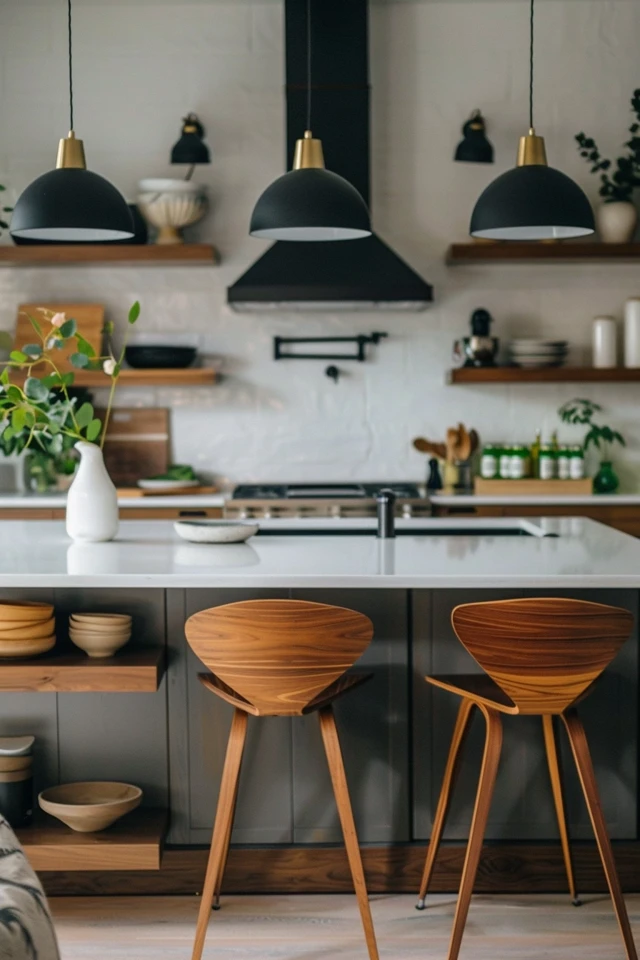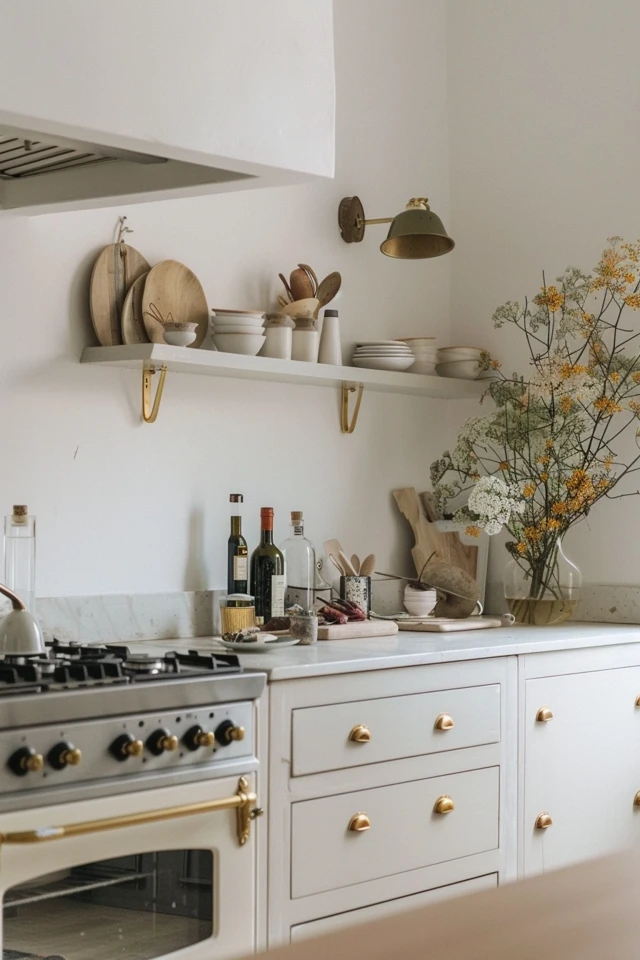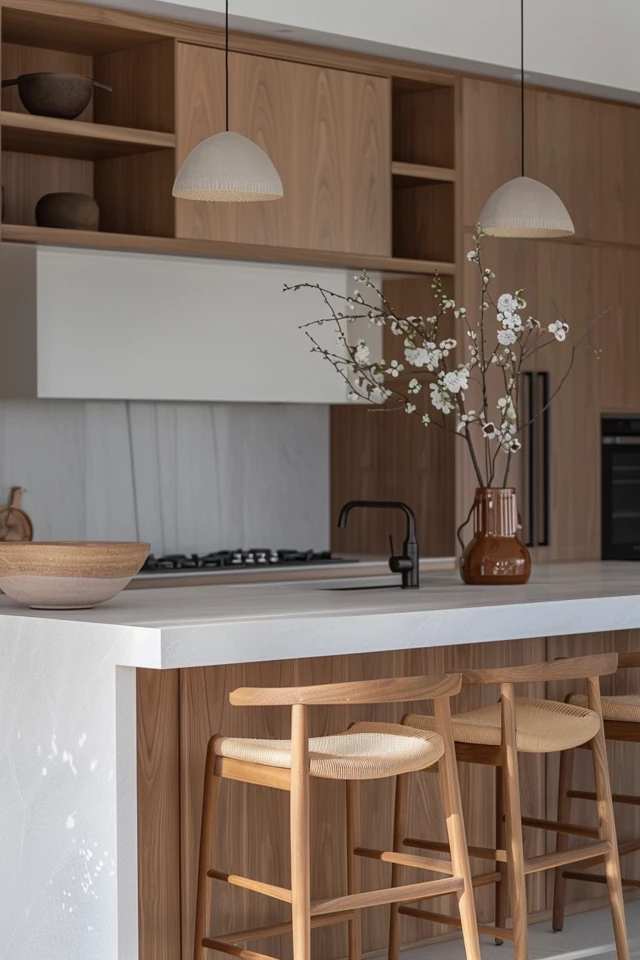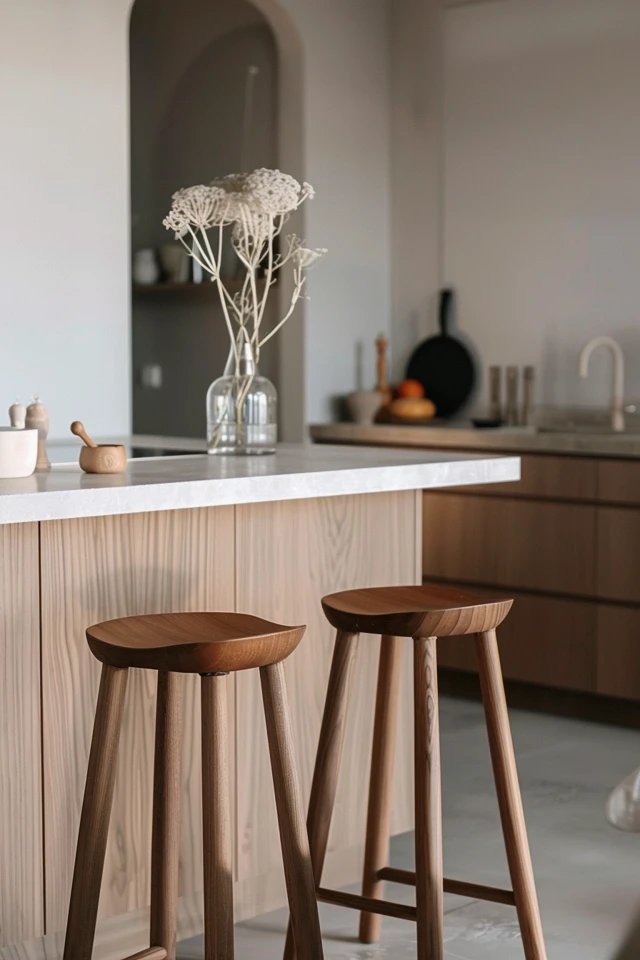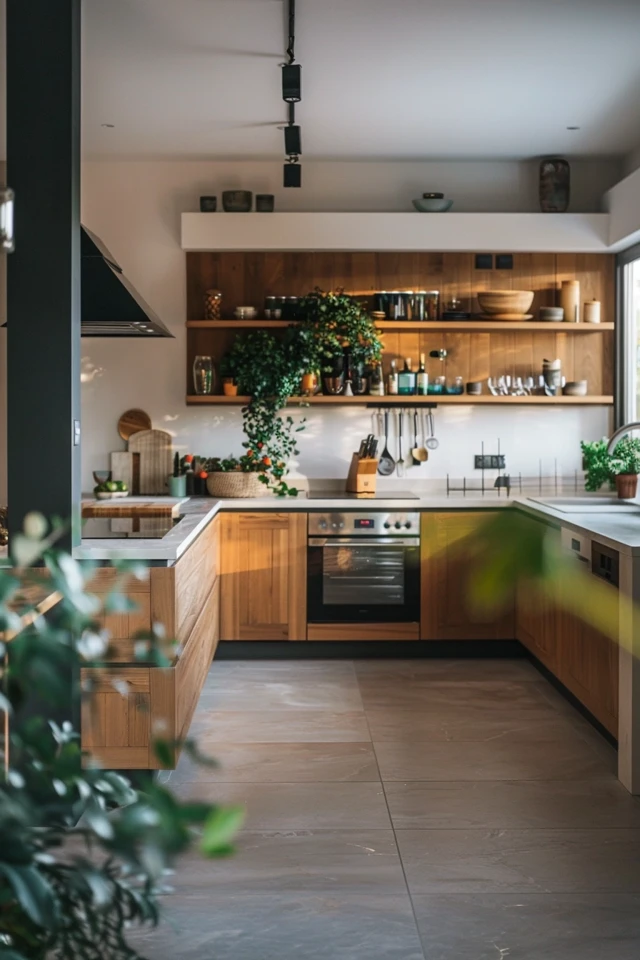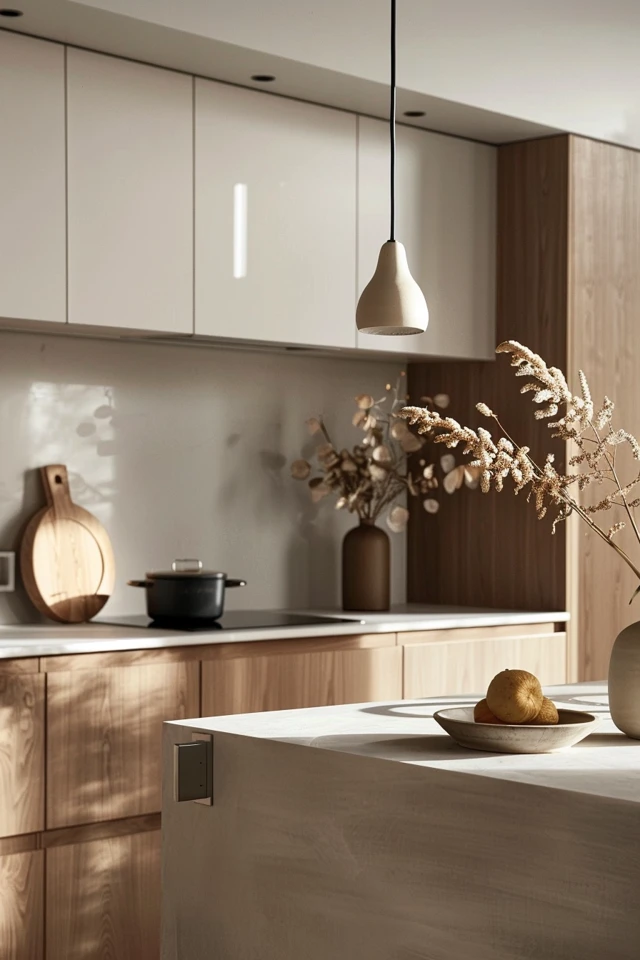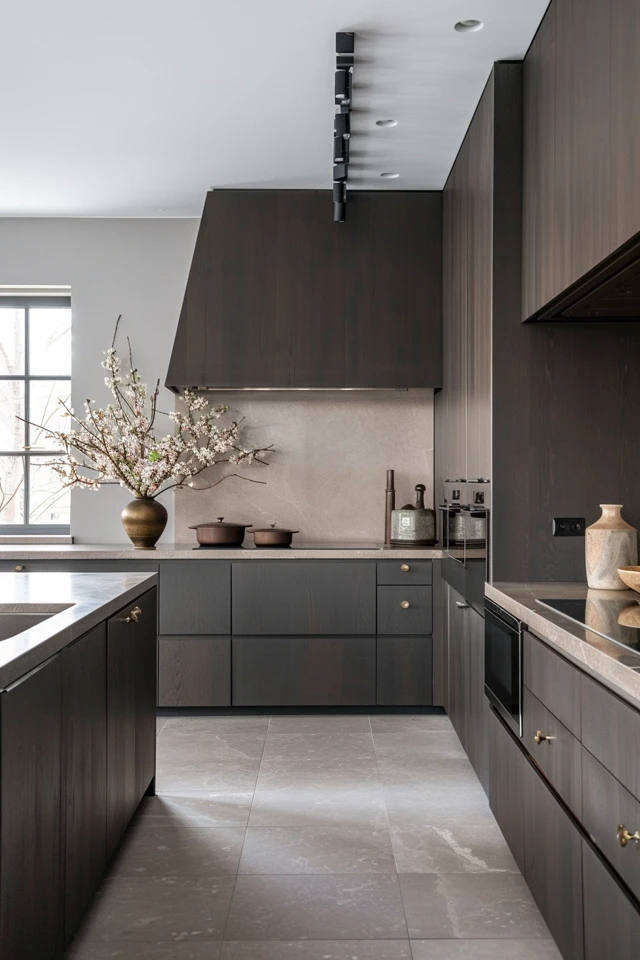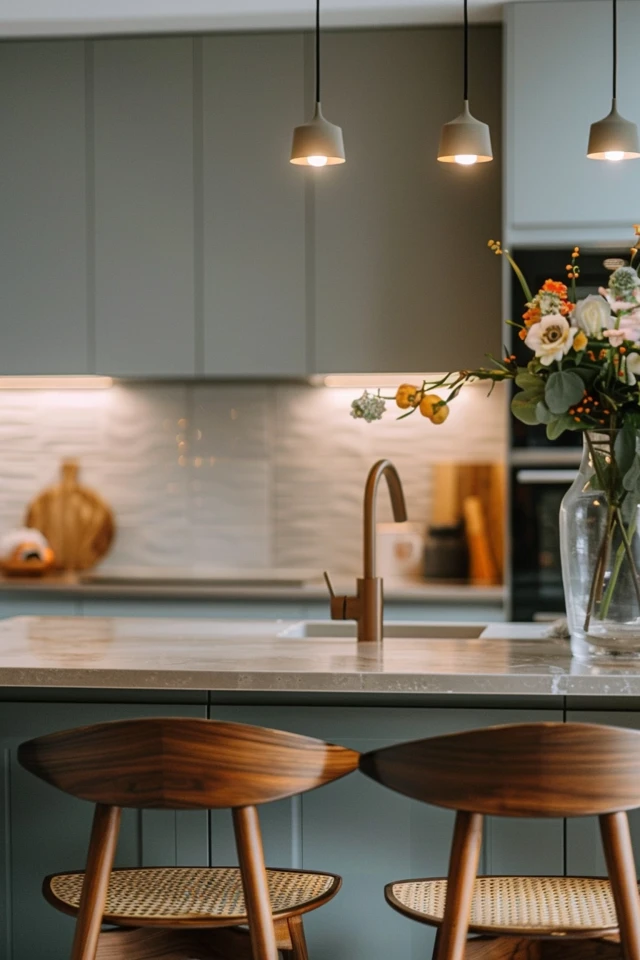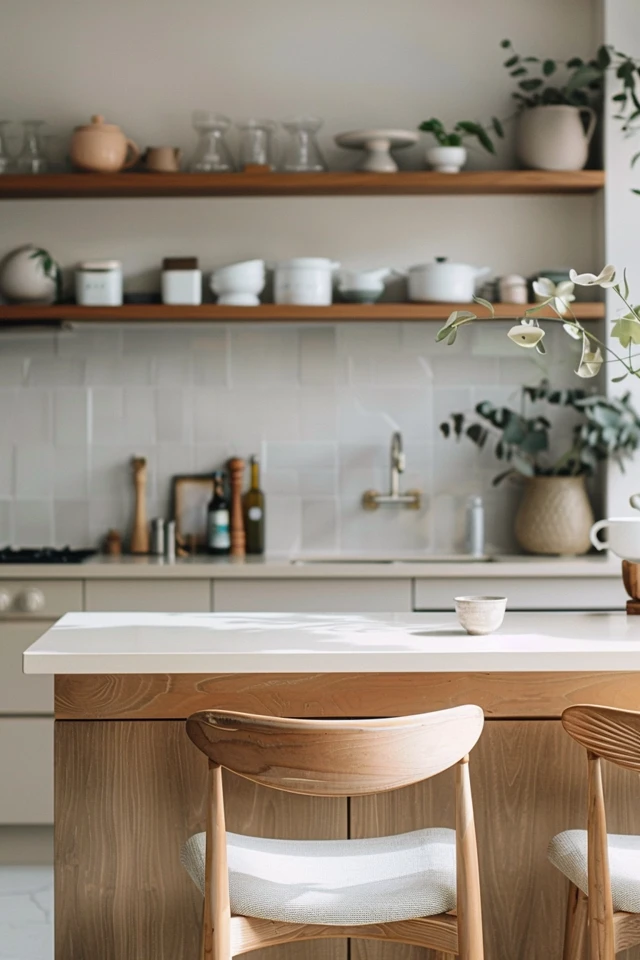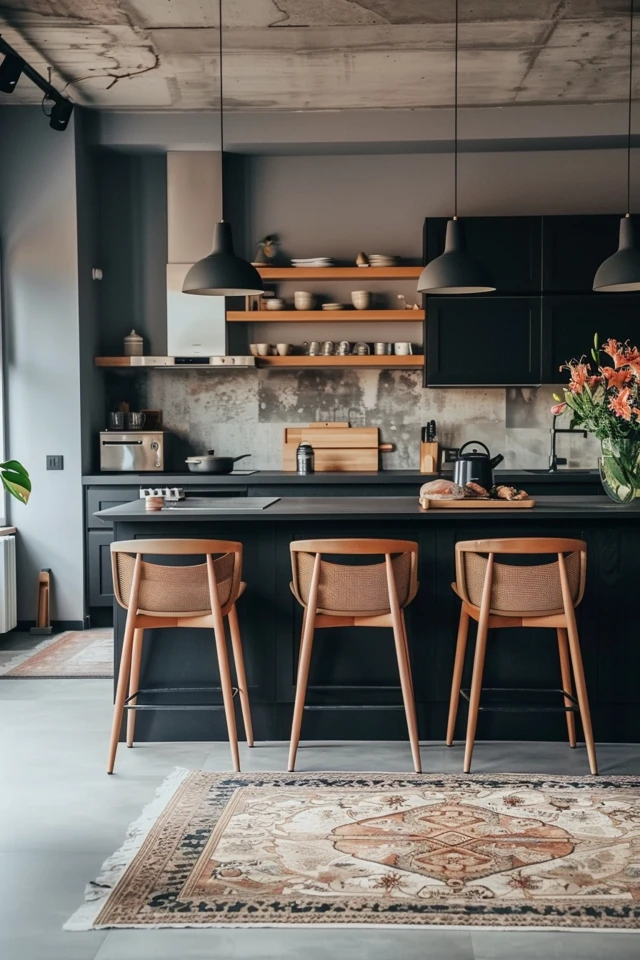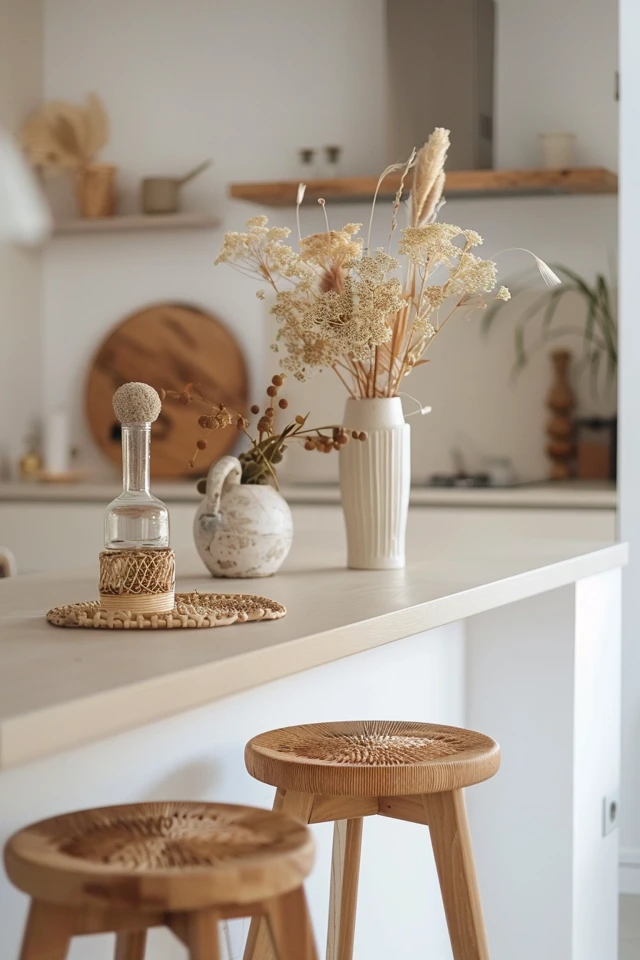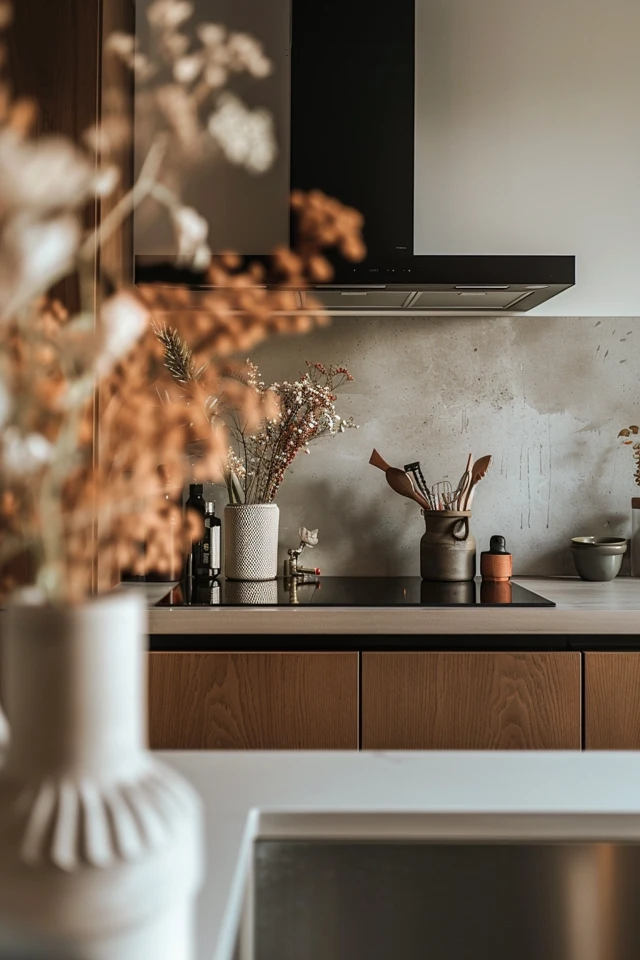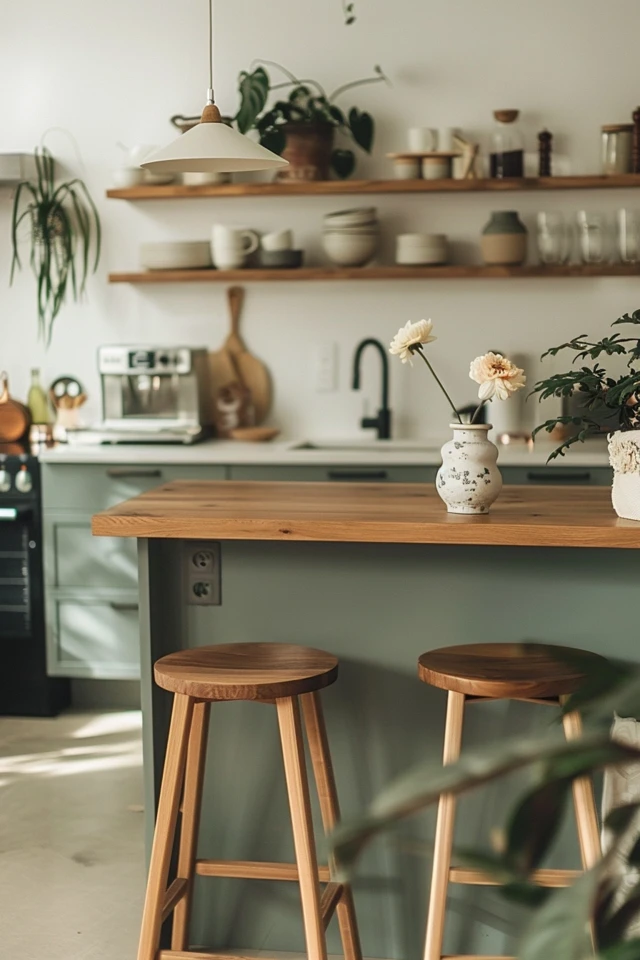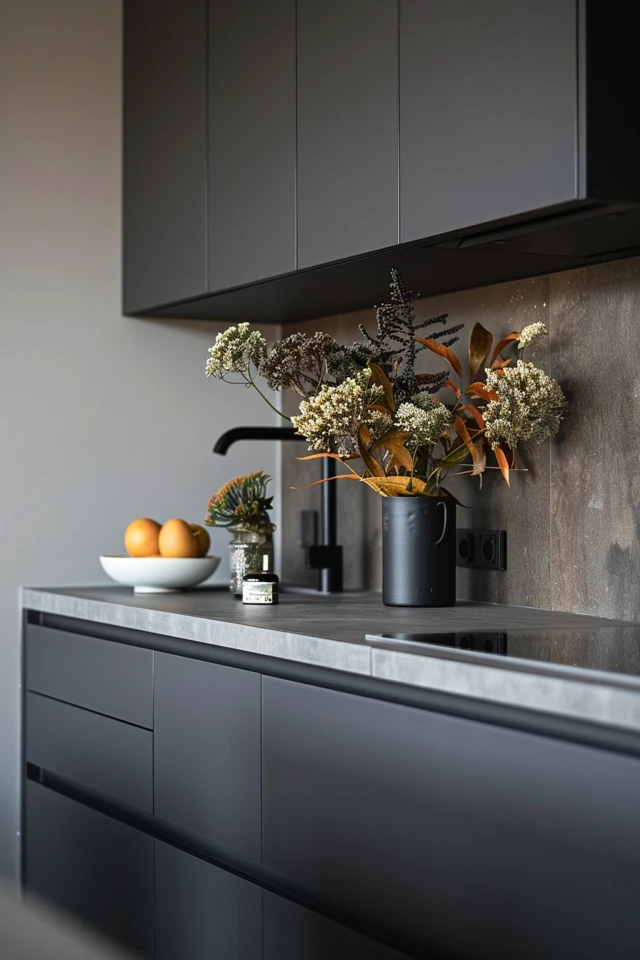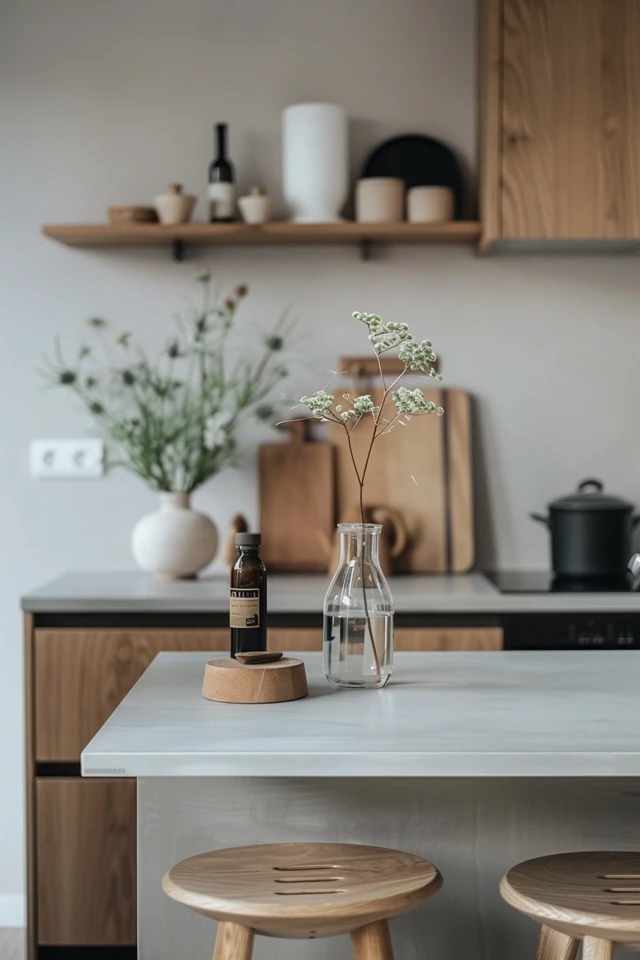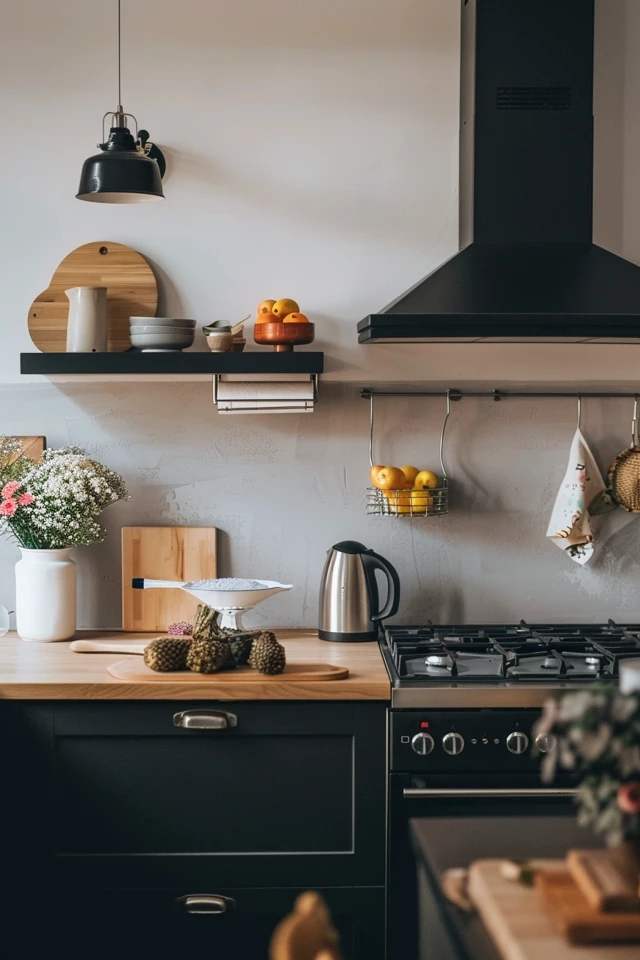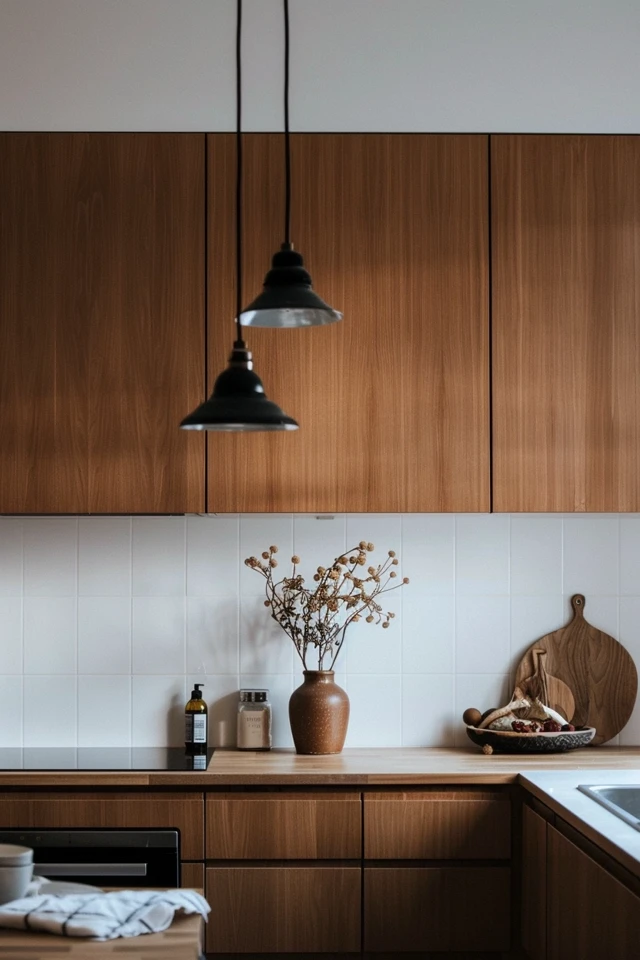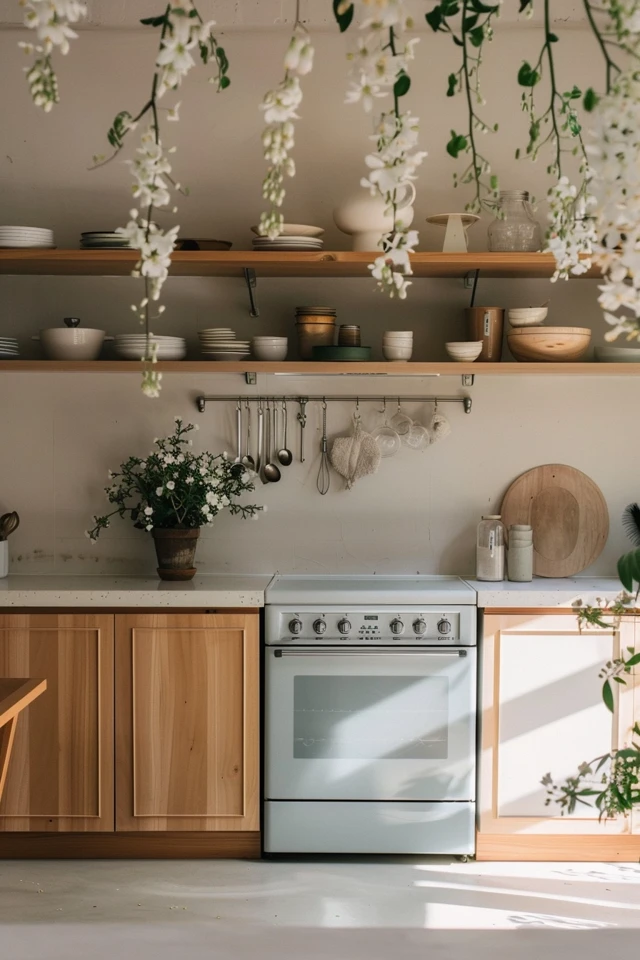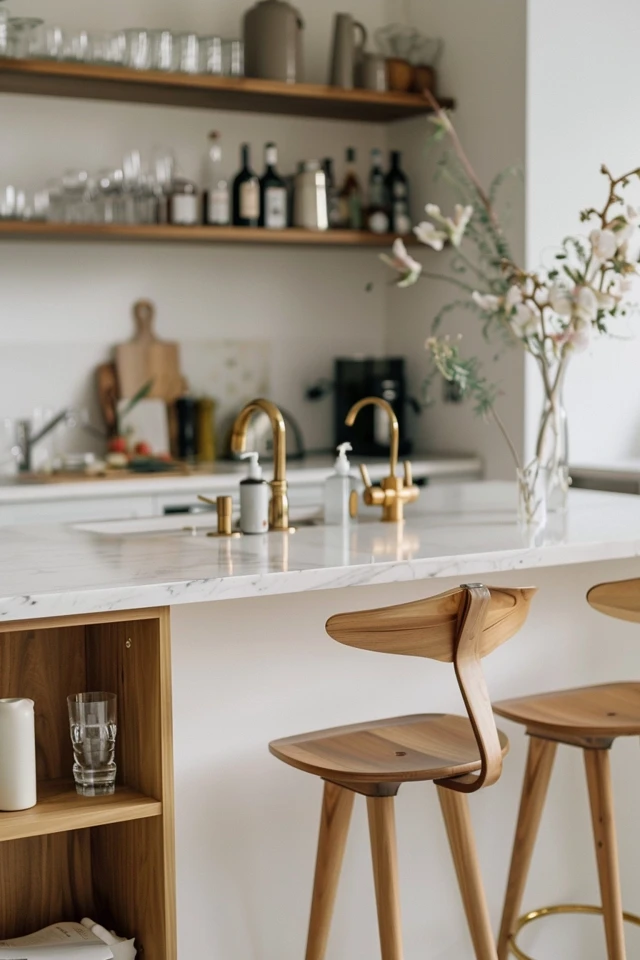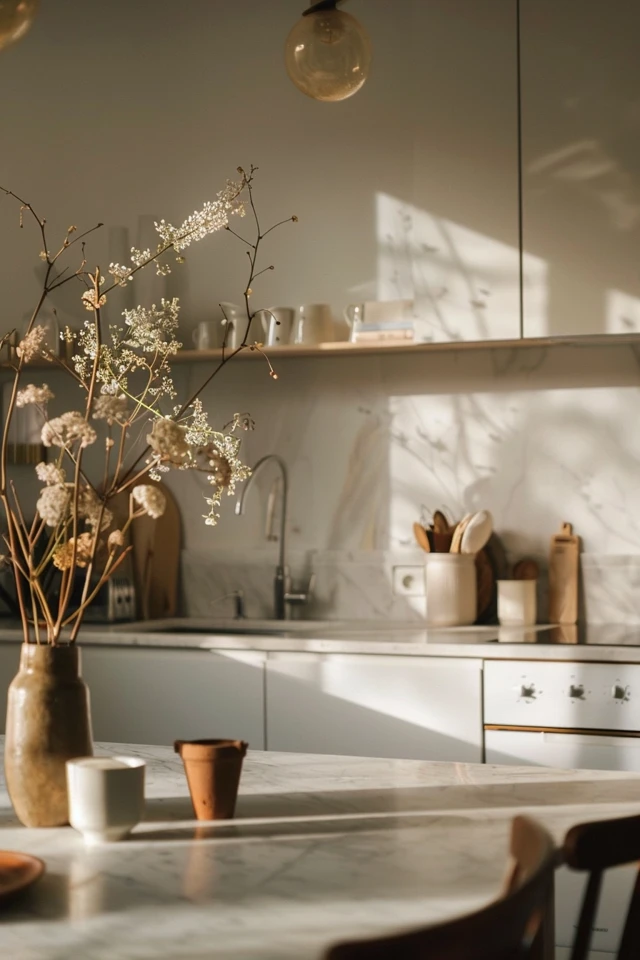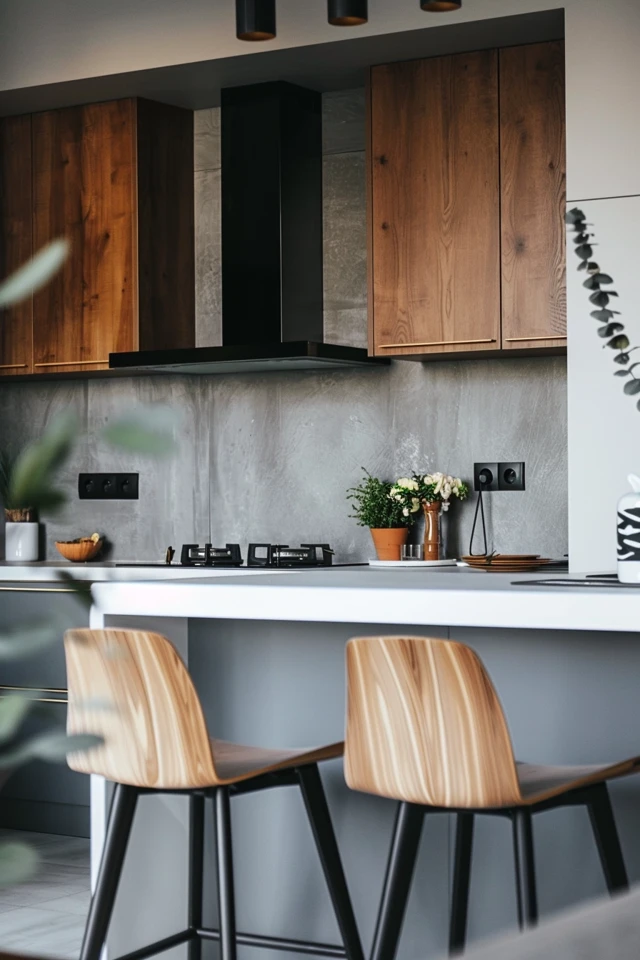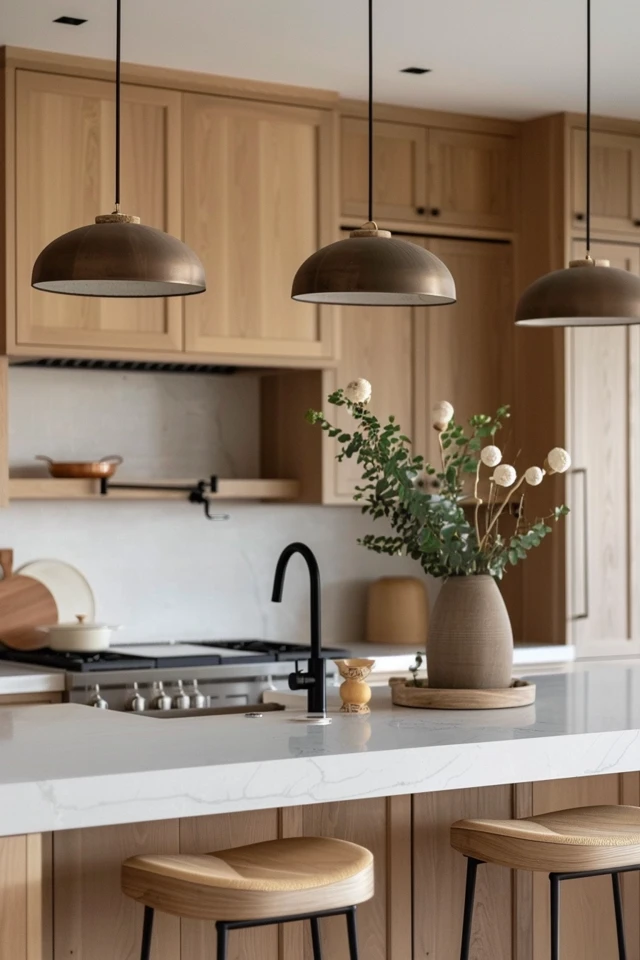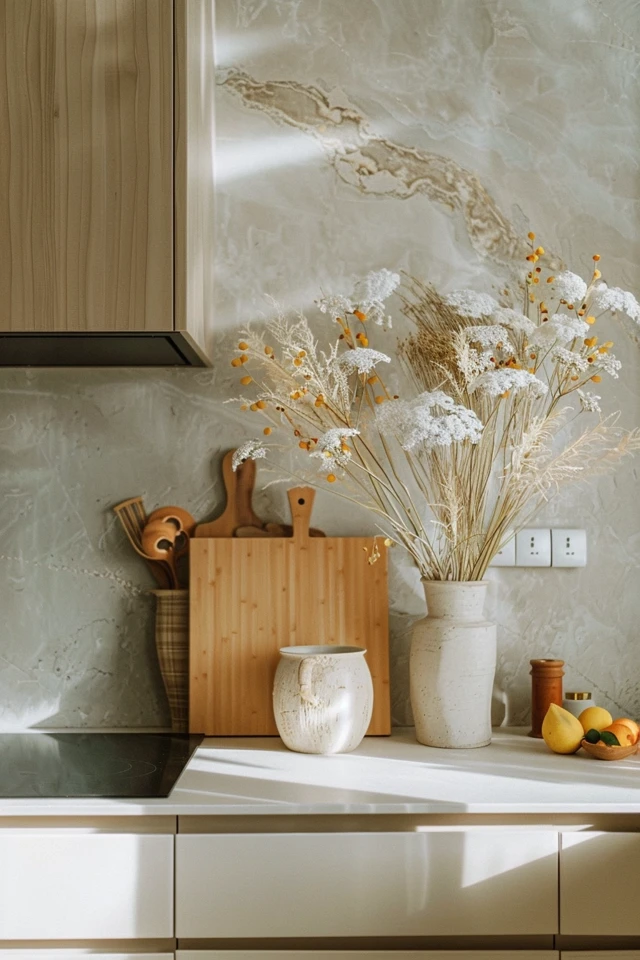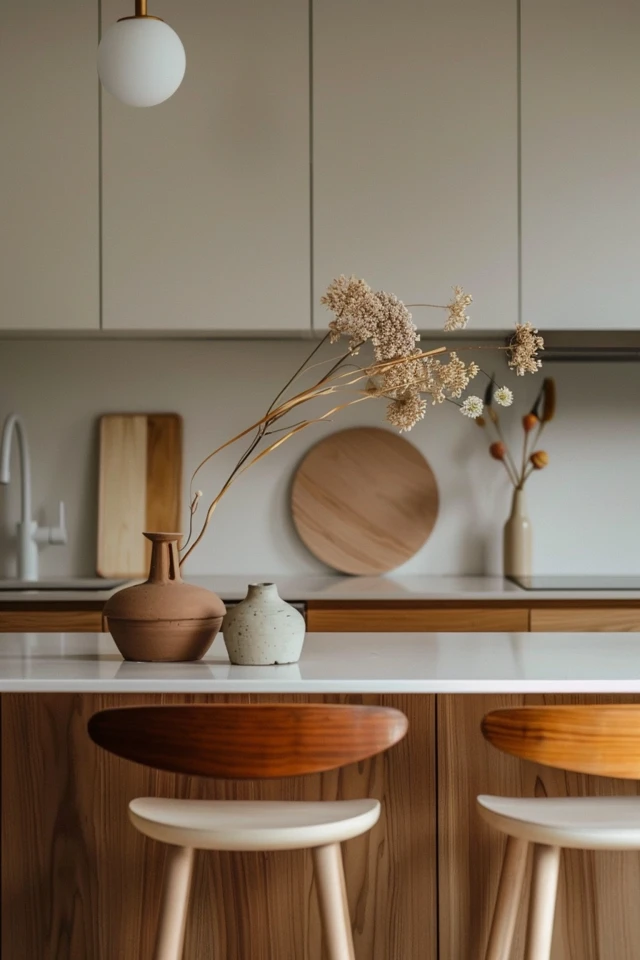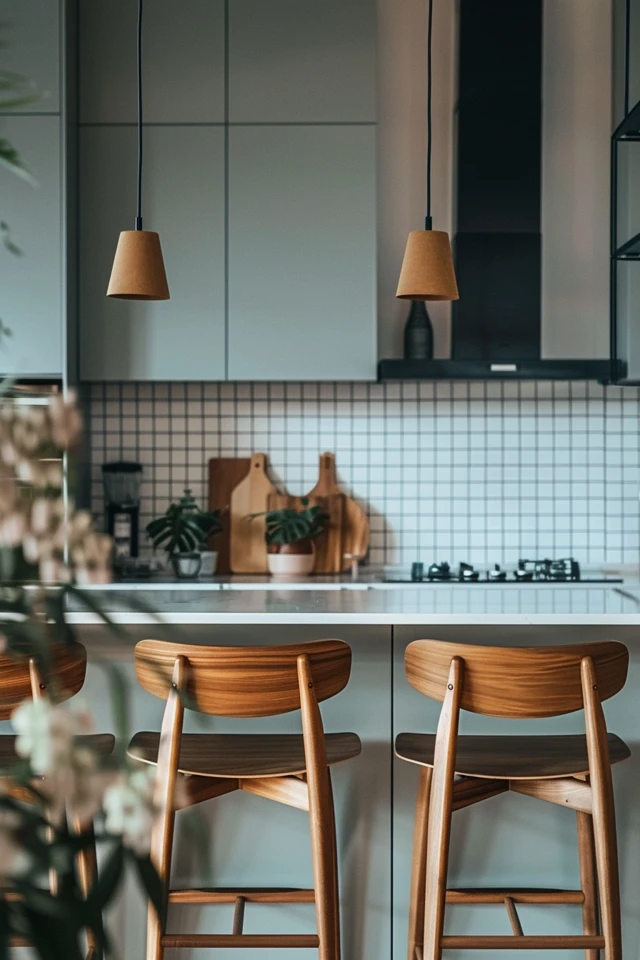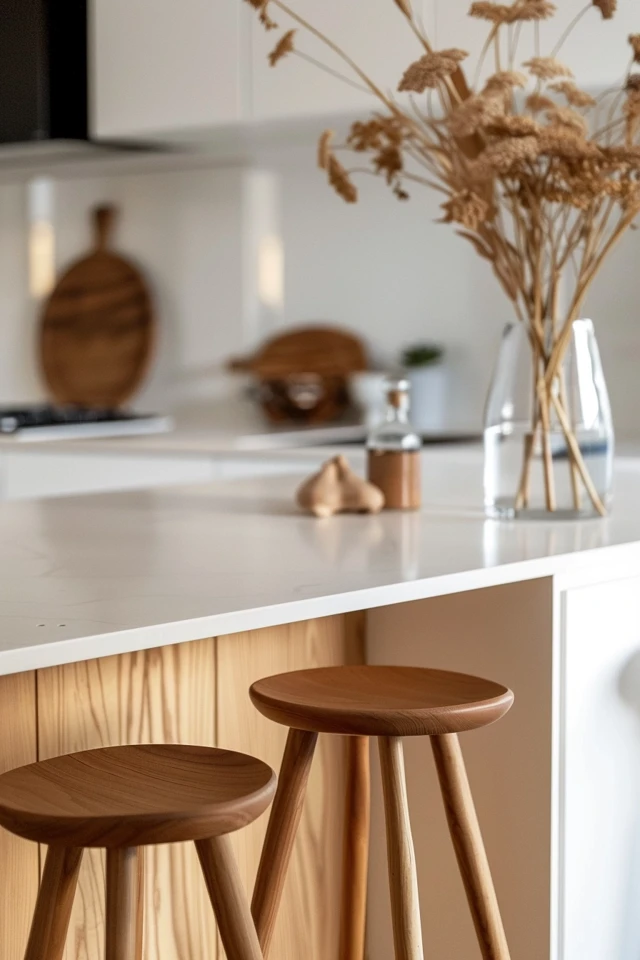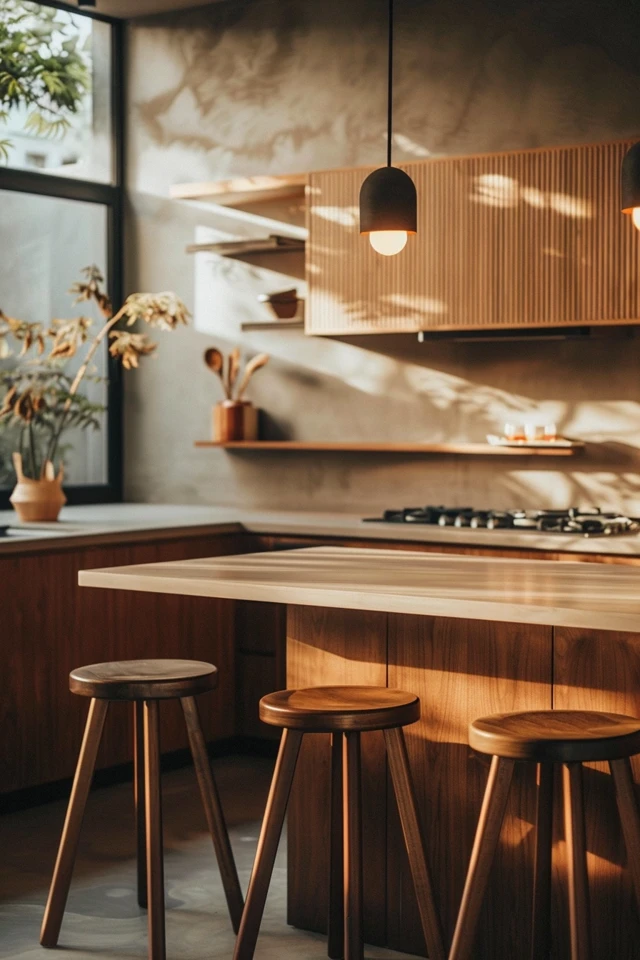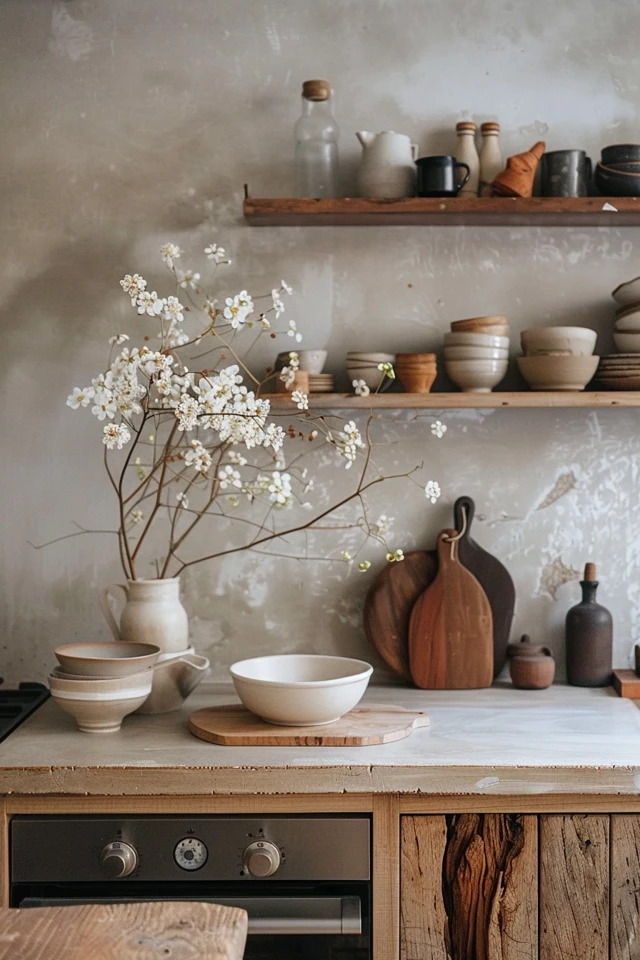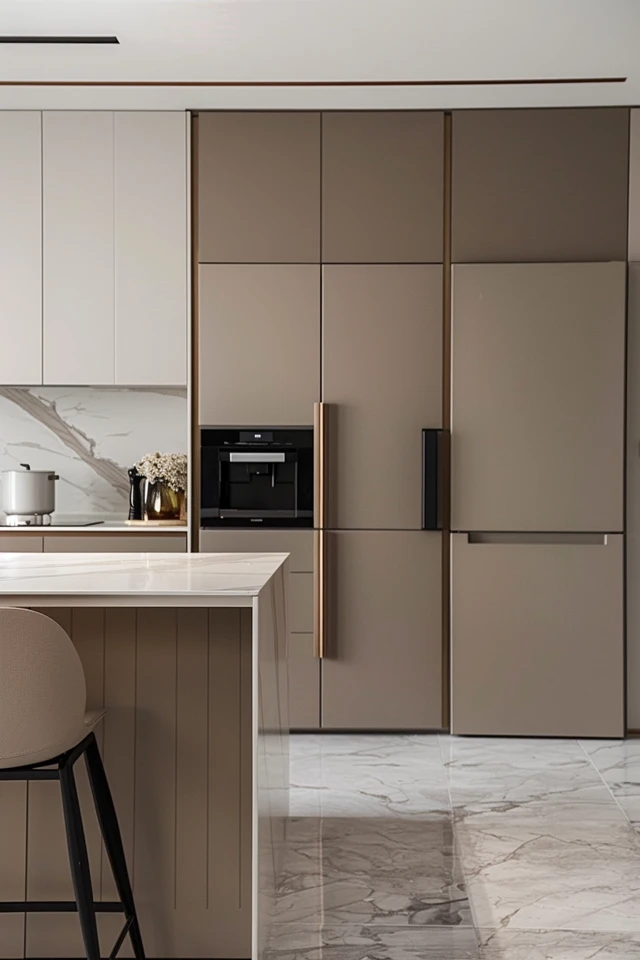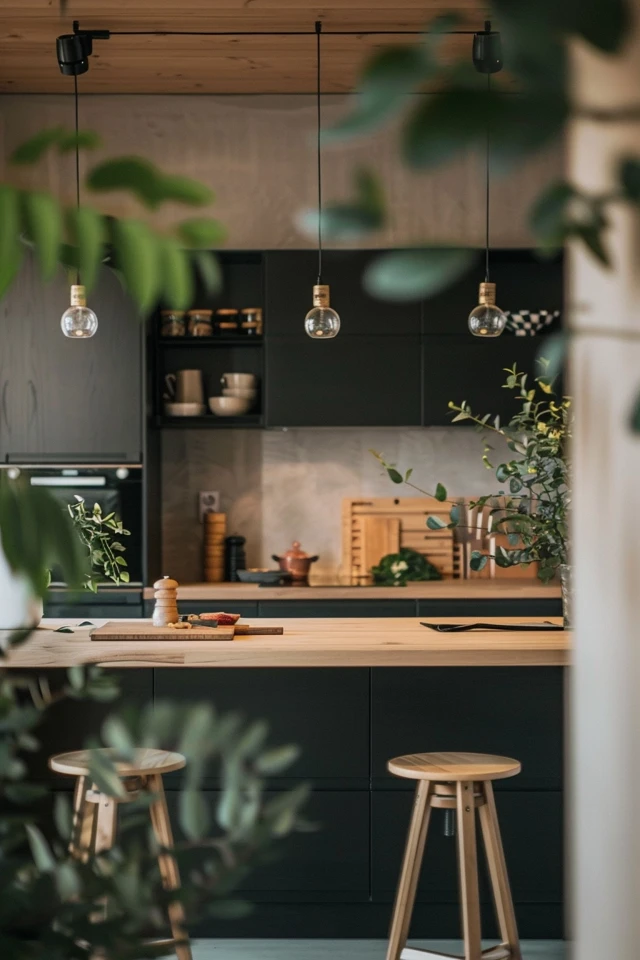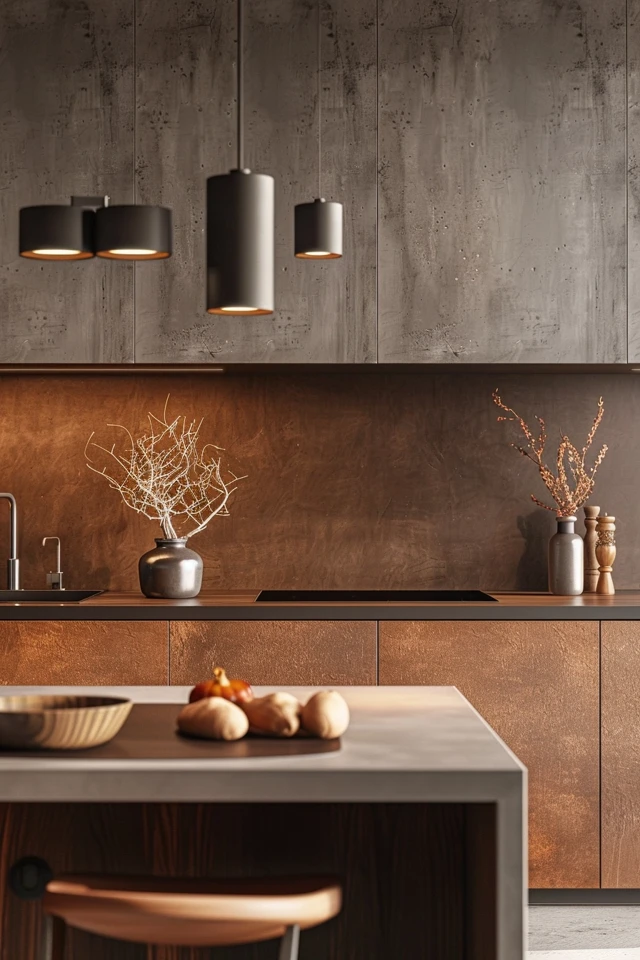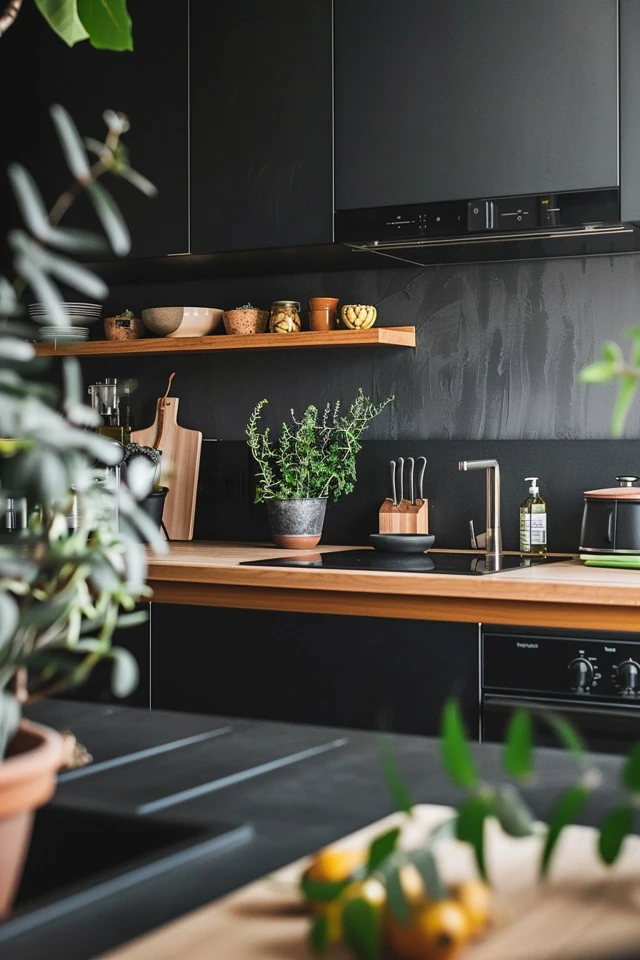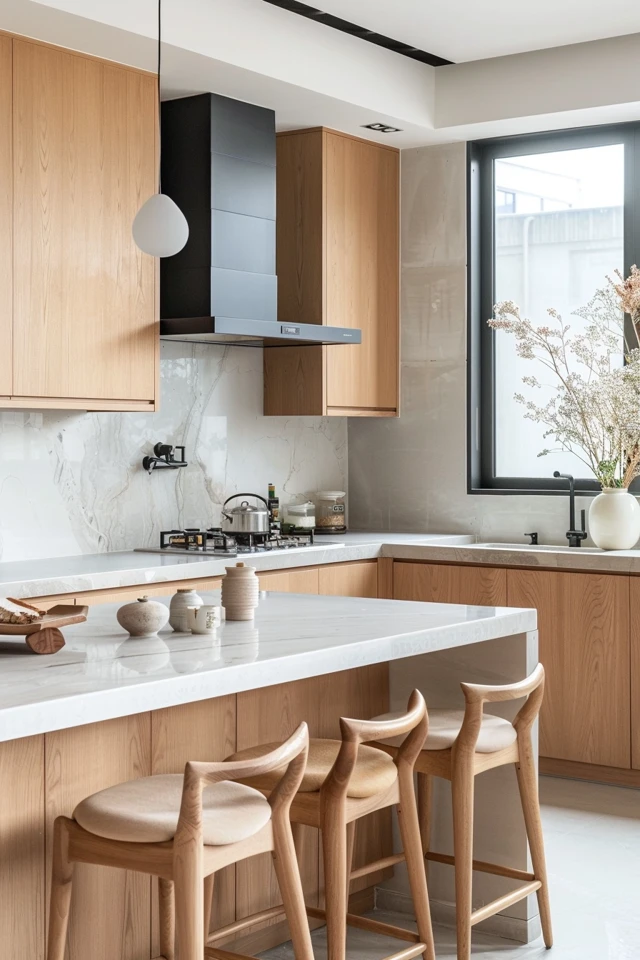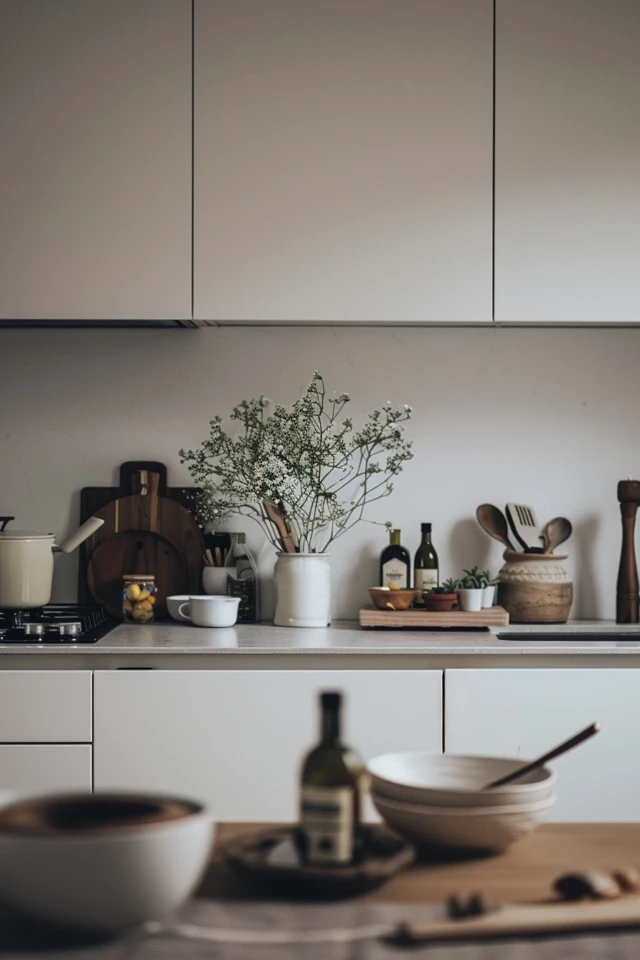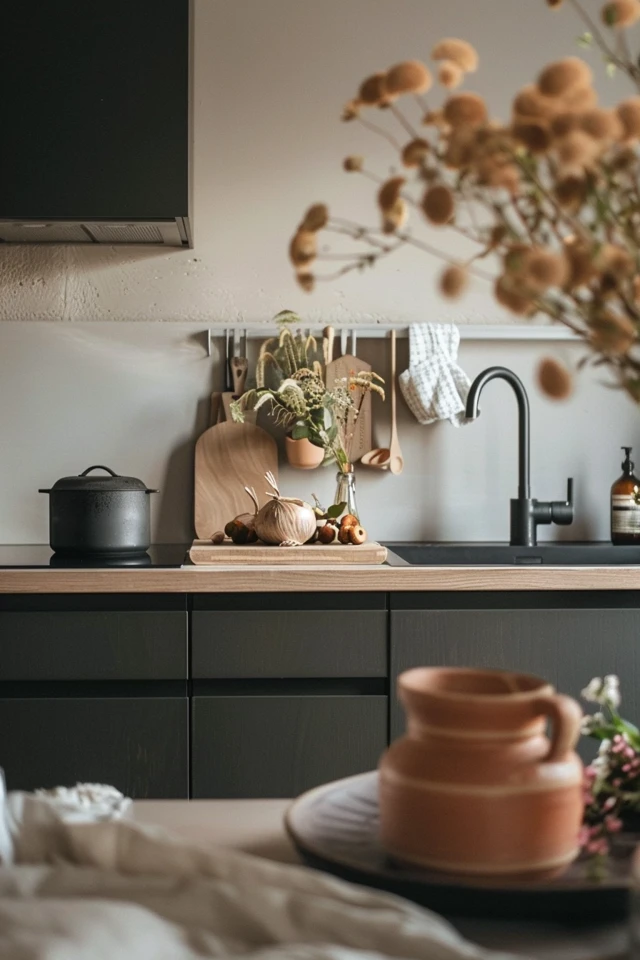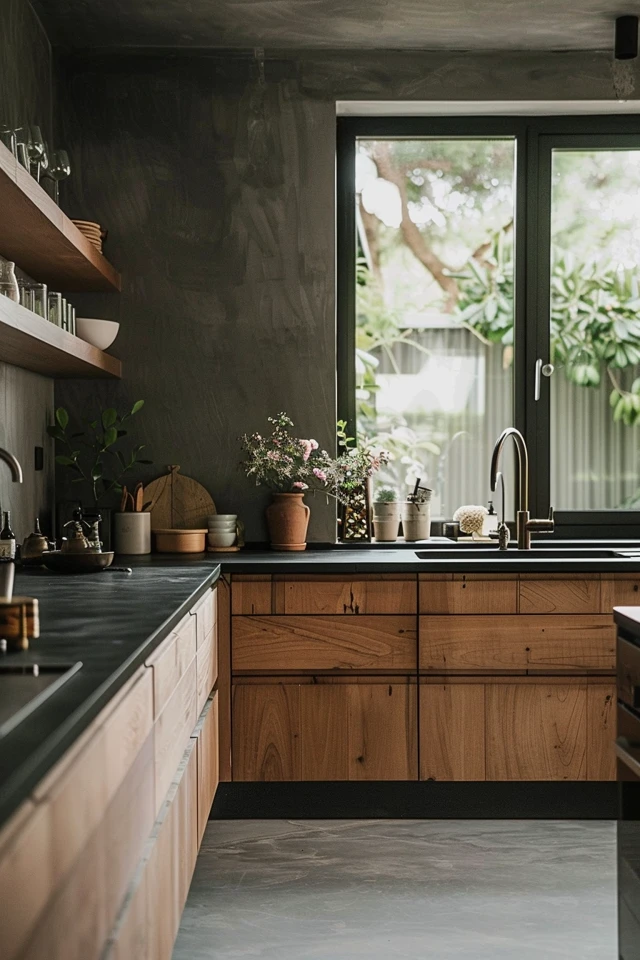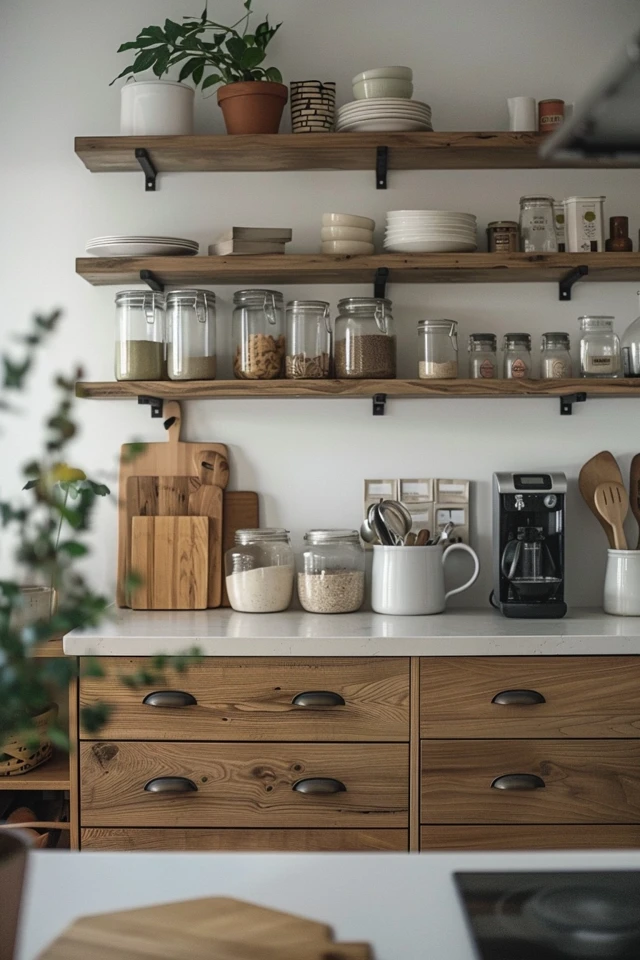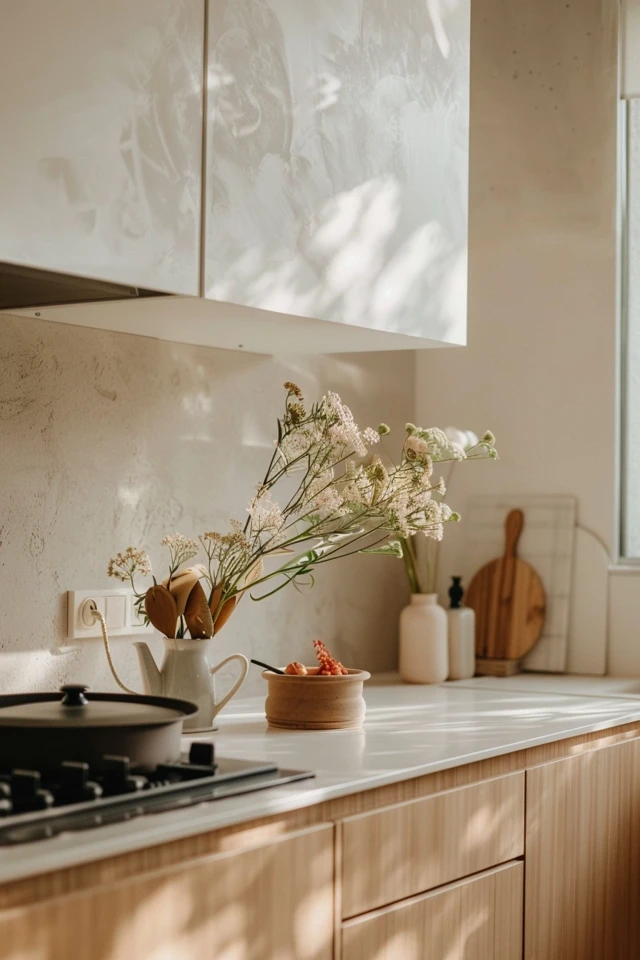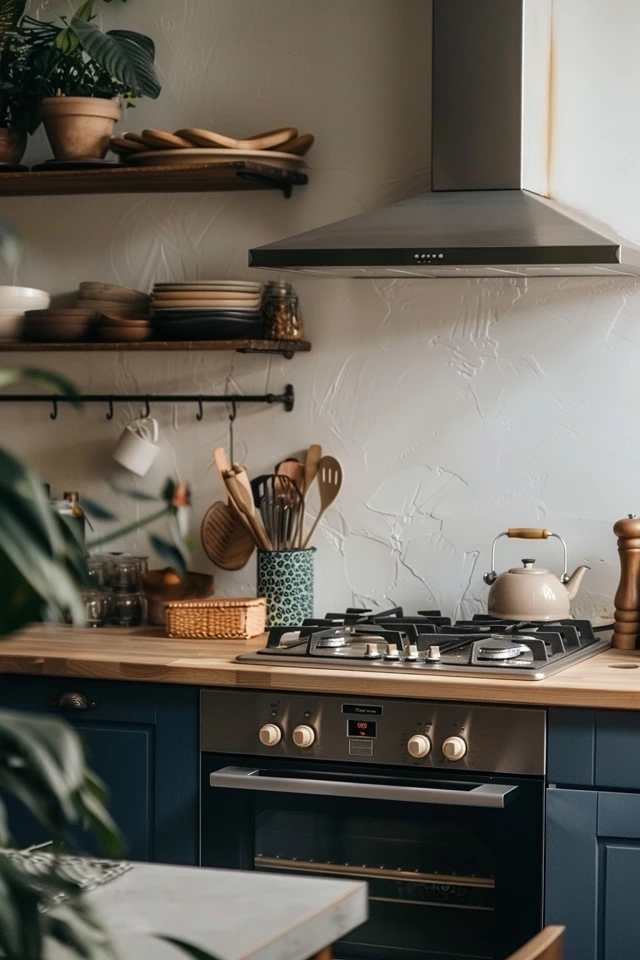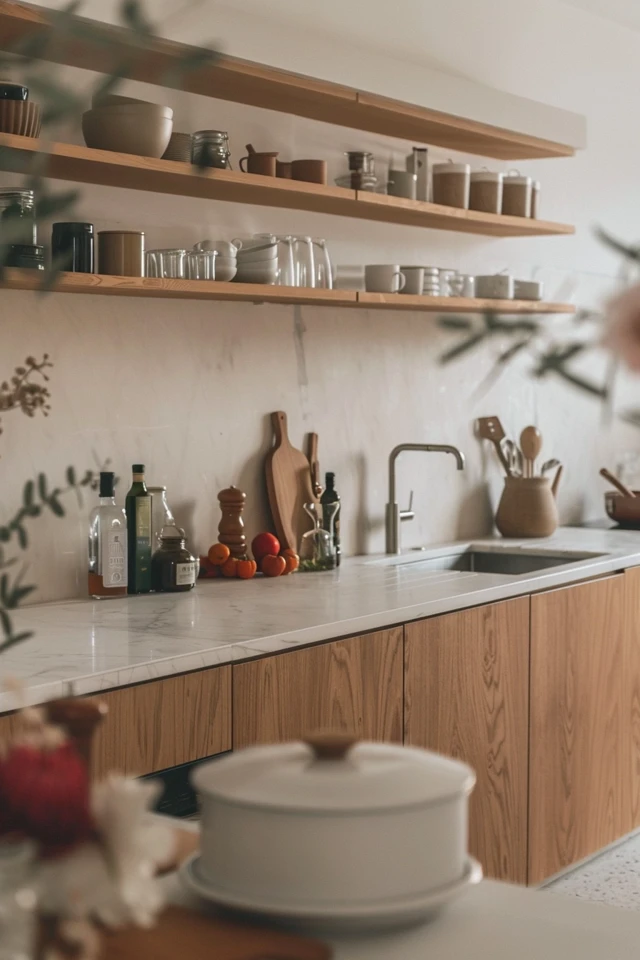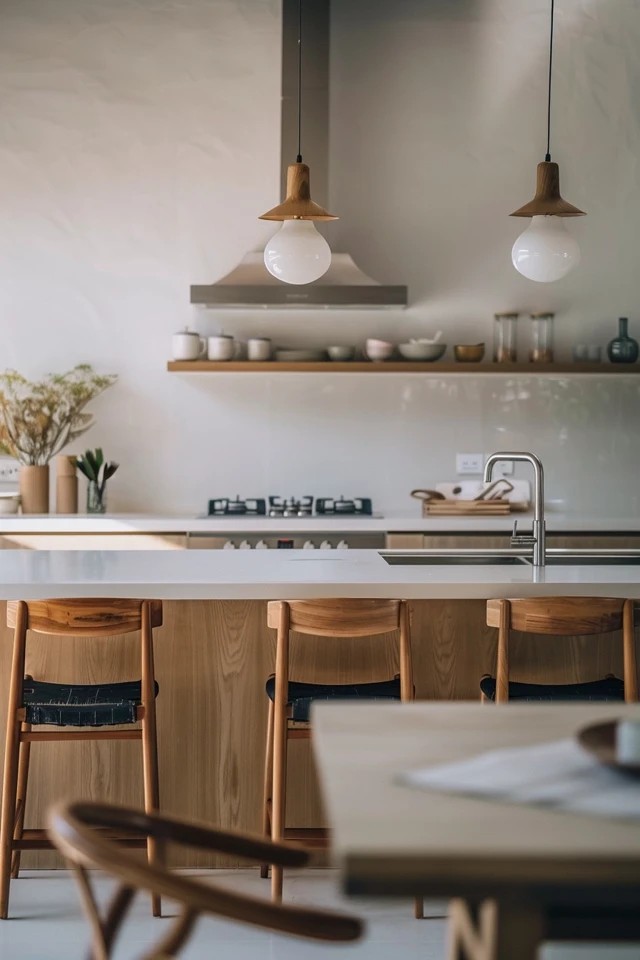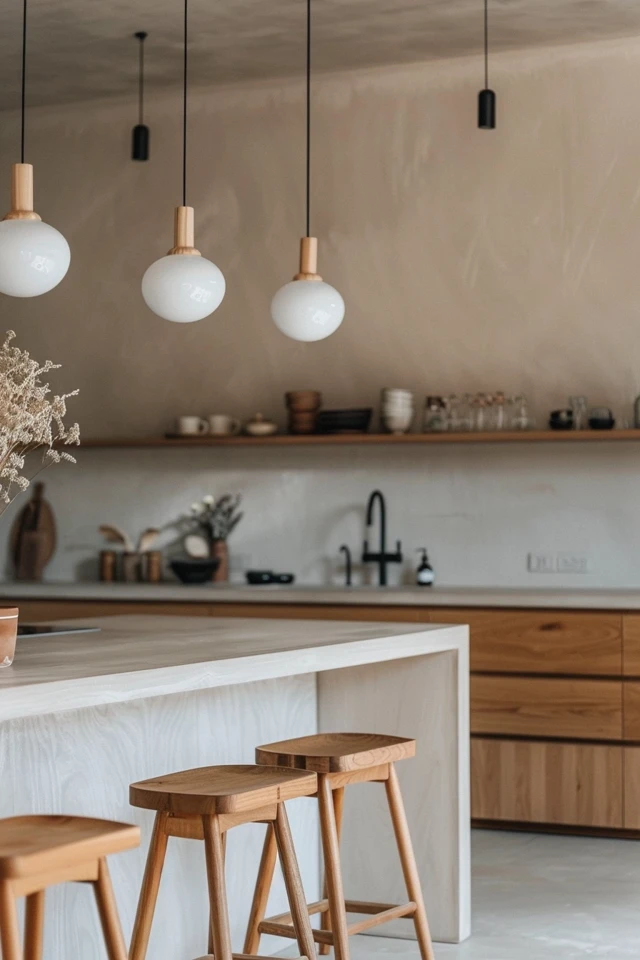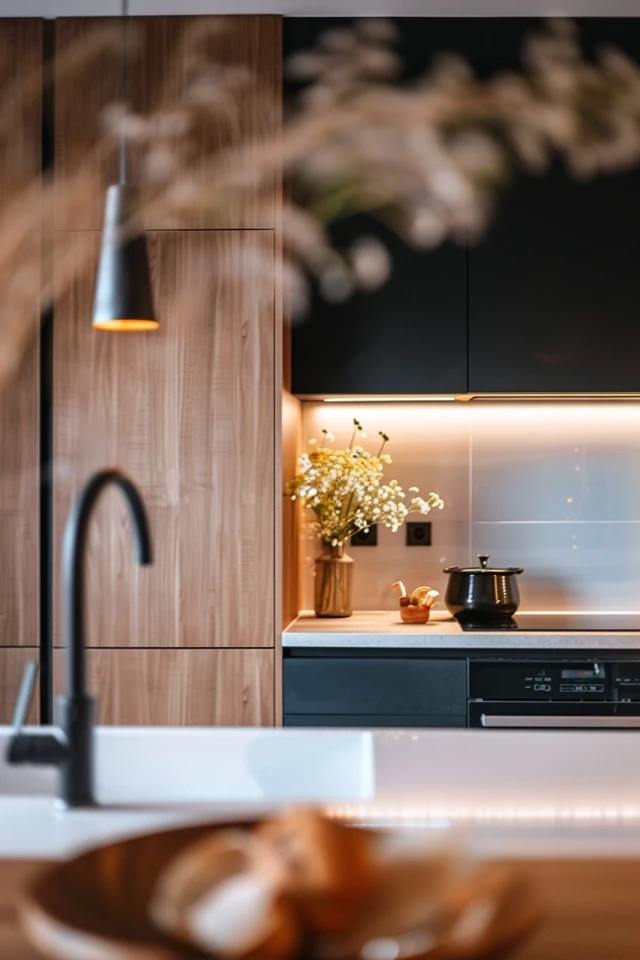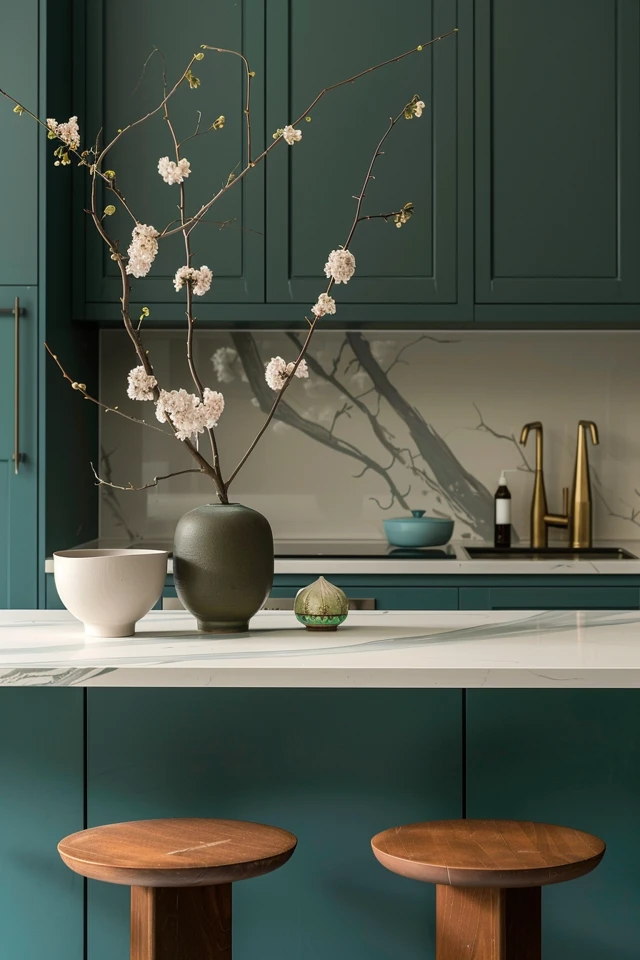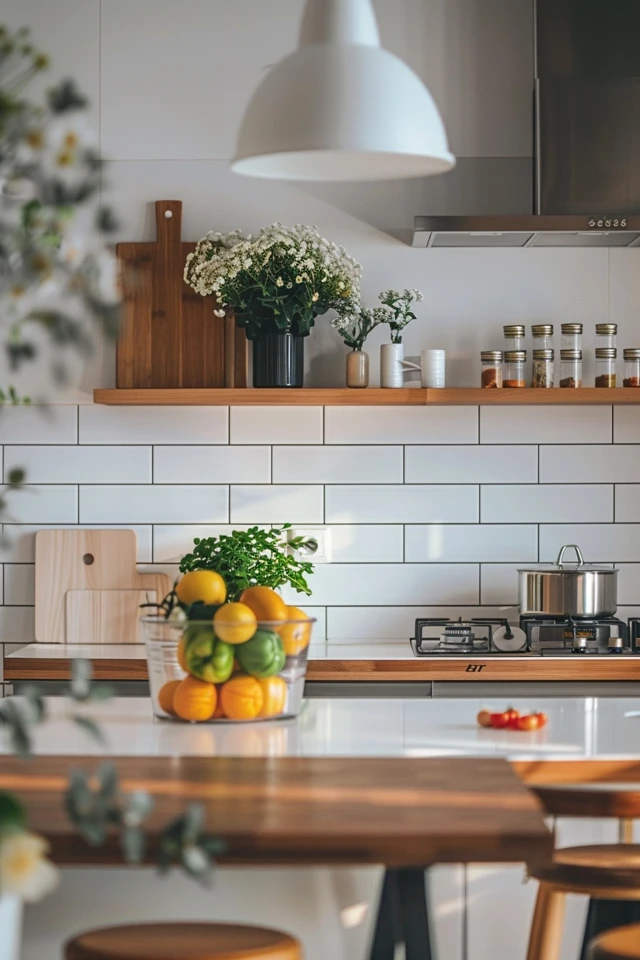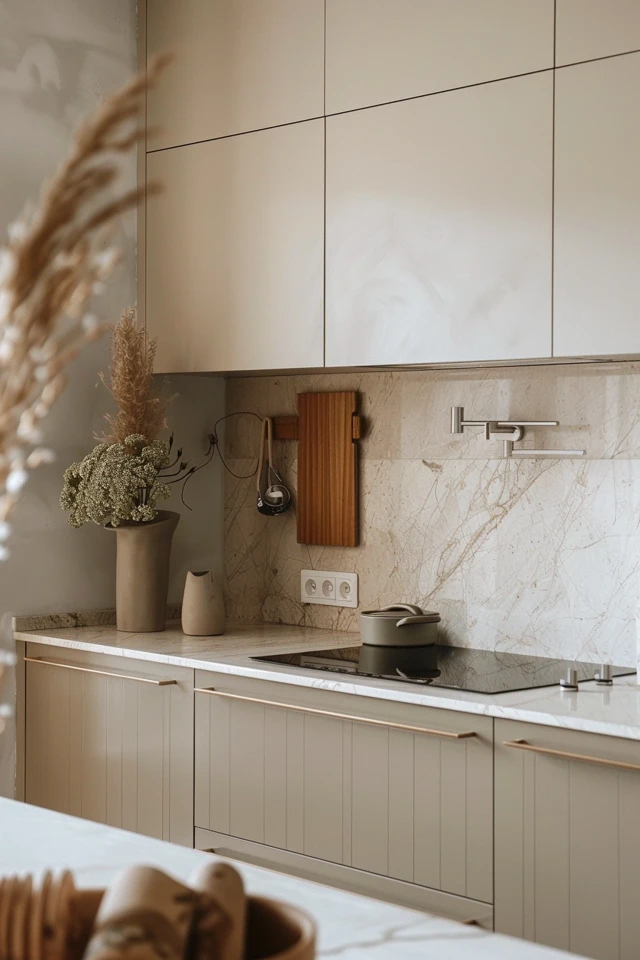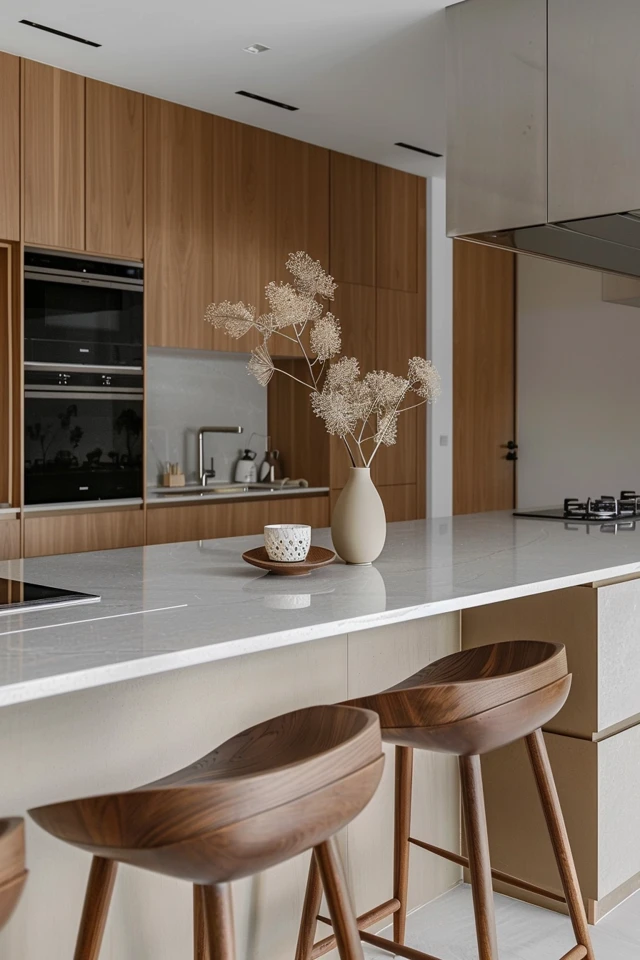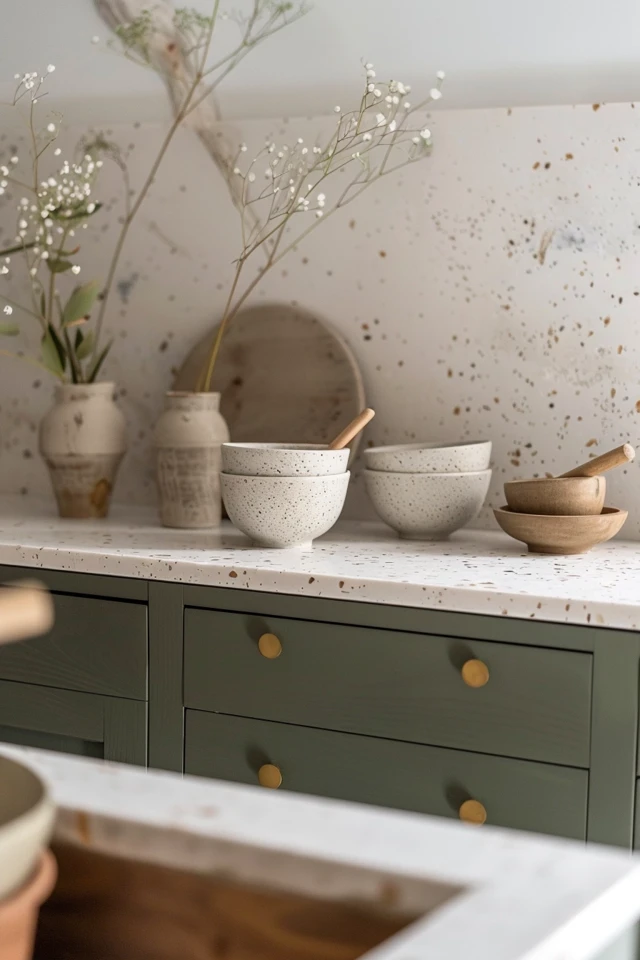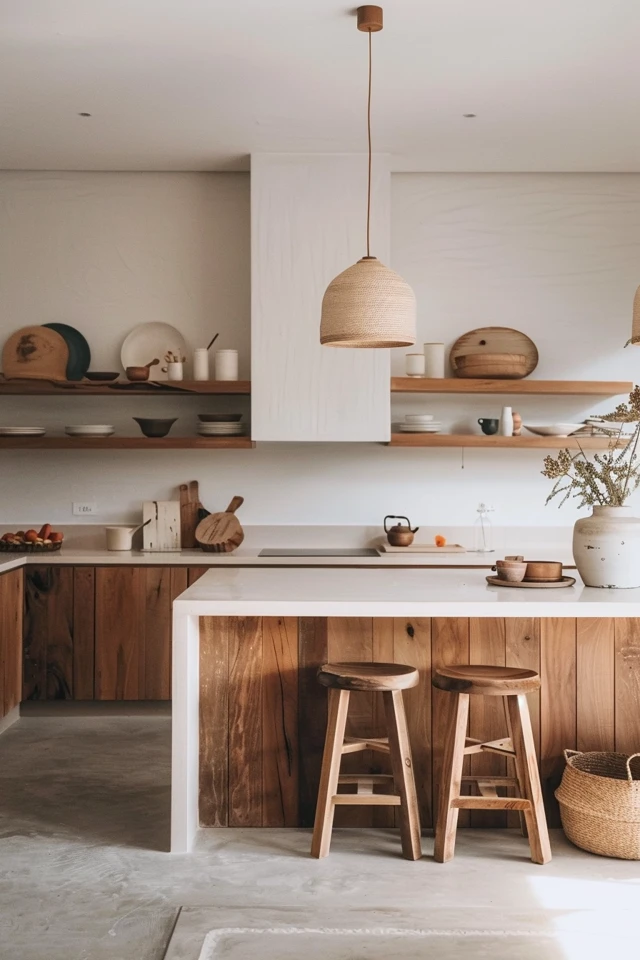Before Reading this Article, Hire Us As Your Designer or Take a Look at My Top 3 Amazon Picks!
If you are looking to blend Amazon's furniture finds with a personalized touch for your space, check out my portfolio, and hire us! You'll get 3 Idea boards, 2 Concept Boards, 2 Realistic Renderings, a Floor Plan, and a Shopping List! Everything's online, plus a 25% discount on your first online interior design project with my Havenly Promo code 4c7441bcfb. With over 2,000 designs since 2017 and top US brand partnerships, your project is in expert hands. US only. Ready to start?
Minimalism isn’t just a design trend; it’s a lifestyle that promotes simplicity and functionality. As an architect and interior designer with expertise in evidence-based design, I have witnessed firsthand how a minimalist approach can transform a kitchen into a sleek, functional space that enhances everyday living. This design philosophy strips away the unnecessary, focusing on clean lines, a neutral palette, and smart storage solutions to create an environment that feels both spacious and efficient.
In the hustle and bustle of modern life, the kitchen often becomes the heart of the home, where functionality must meet aesthetics seamlessly. Adopting minimalist principles in your kitchen design not only streamlines daily tasks but also fosters a sense of calm and order. This article delves into practical, evidence-based strategies to create a minimalist kitchen that is both beautiful and highly functional.
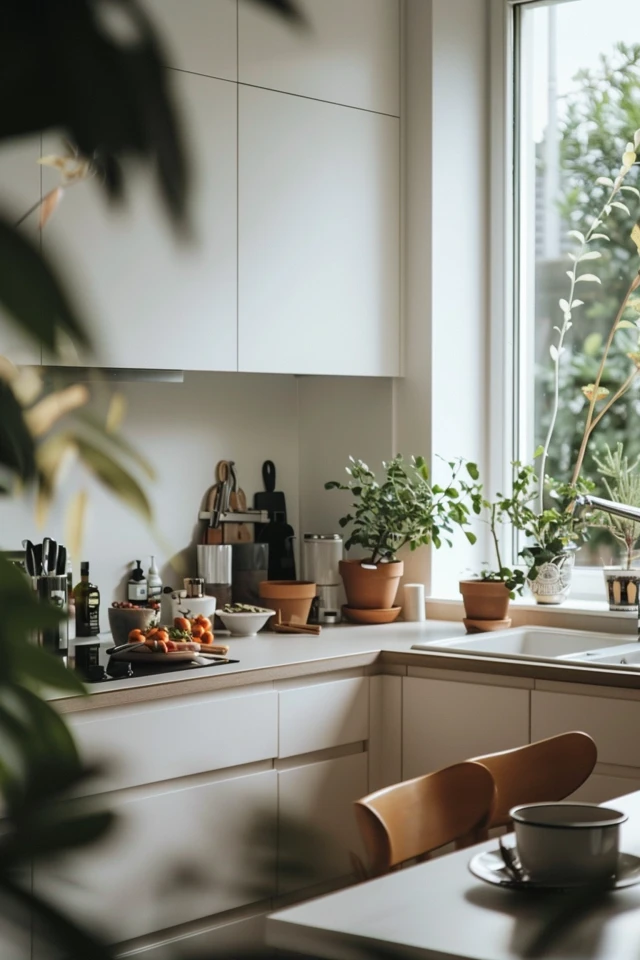
With careful planning and a focus on quality over quantity, you can achieve a minimalist kitchen that stands the test of time. Let’s explore five key areas to consider when designing your minimalist kitchen, each packed with actionable insights and practical tips to help you on your journey.
Key Takeaways
- Prioritize simplicity: Focus on clean lines and a neutral color palette.
- Optimize storage: Use smart storage solutions to keep surfaces clutter-free.
- Choose quality materials: Invest in durable and sustainable materials.
- Incorporate technology: Integrate smart appliances for enhanced functionality.
- Create a focal point: Use a statement piece to add character without clutter.

1. Simplify Your Design
The essence of minimalist design lies in its simplicity. Clean lines, uncluttered surfaces, and a neutral color palette form the foundation of a minimalist kitchen. Opt for cabinetry with flat fronts and minimal hardware to maintain a sleek appearance. Open shelving can replace upper cabinets to enhance the sense of openness, but remember to keep items on display to a minimum to avoid visual clutter.
Lighting plays a crucial role in minimalist design. Natural light is your best friend; large windows or skylights can flood the space with light, making it feel larger and more inviting. For artificial lighting, choose fixtures with clean lines and a modern aesthetic. Under-cabinet lighting can provide functional illumination while keeping the design streamlined.
Key Tips:
- Use neutral colors like white, gray, or beige for walls and cabinetry.
- Opt for open shelving to create a sense of space.
- Maximize natural light with large windows or skylights.
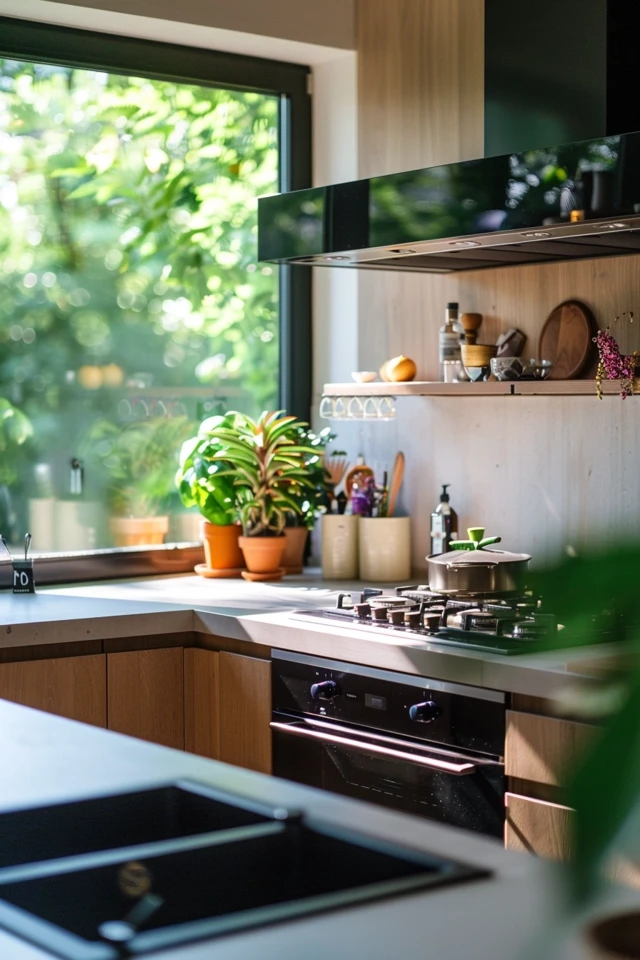
2. Optimize Storage Solutions
In a minimalist kitchen, storage is paramount. The goal is to keep countertops free of clutter, which requires ample and efficient storage solutions. Consider built-in cabinetry that extends to the ceiling, providing maximum storage without compromising on design. Pull-out drawers and organizers within cabinets can help keep everything in its place.
Appliance garages are a great addition to hide small appliances like toasters and coffee makers when they’re not in use. This keeps your countertops clear and maintains the sleek, uncluttered look. A well-organized pantry with labeled containers can also reduce visual clutter and make it easier to find what you need.
Key Tips:
- Invest in built-in cabinetry for seamless storage.
- Use pull-out drawers and organizers to maximize space.
- Incorporate an appliance garage to keep counters clutter-free.
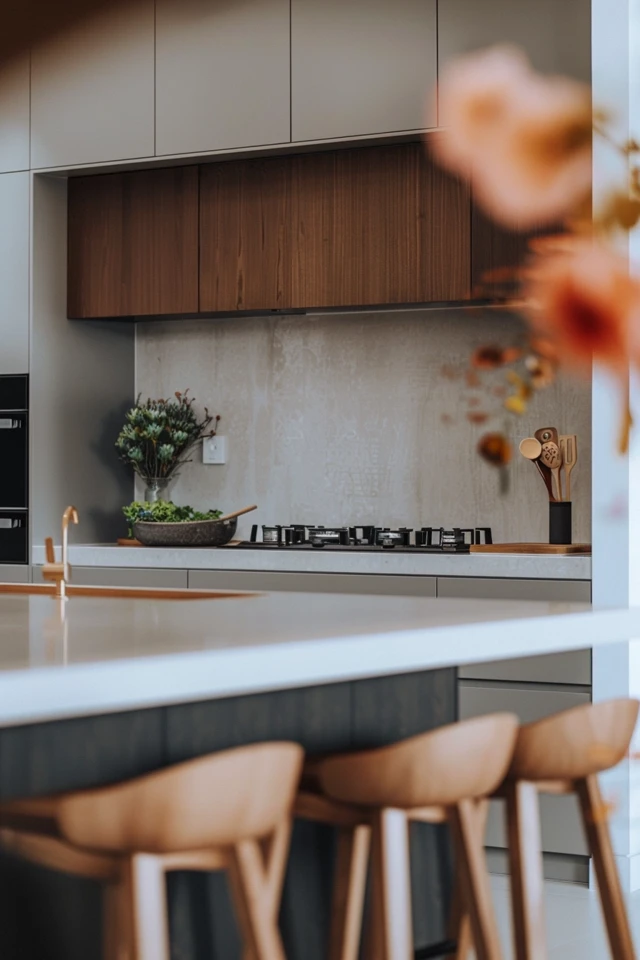
3. Choose Quality Materials
Quality over quantity is a mantra of minimalist design. Investing in high-quality, durable materials not only enhances the aesthetic appeal of your kitchen but also ensures longevity. Natural materials like stone, wood, and stainless steel can add texture and warmth to the space while maintaining a modern, minimalist look.
When selecting countertops, consider materials like quartz or concrete for their durability and minimalist appearance. For flooring, hardwood or polished concrete can create a cohesive and clean look. Remember, the fewer the materials, the more cohesive the design will appear.
Key Tips:
- Choose durable materials like quartz or concrete for countertops.
- Opt for hardwood or polished concrete flooring.
- Incorporate natural materials like stone and wood for texture.
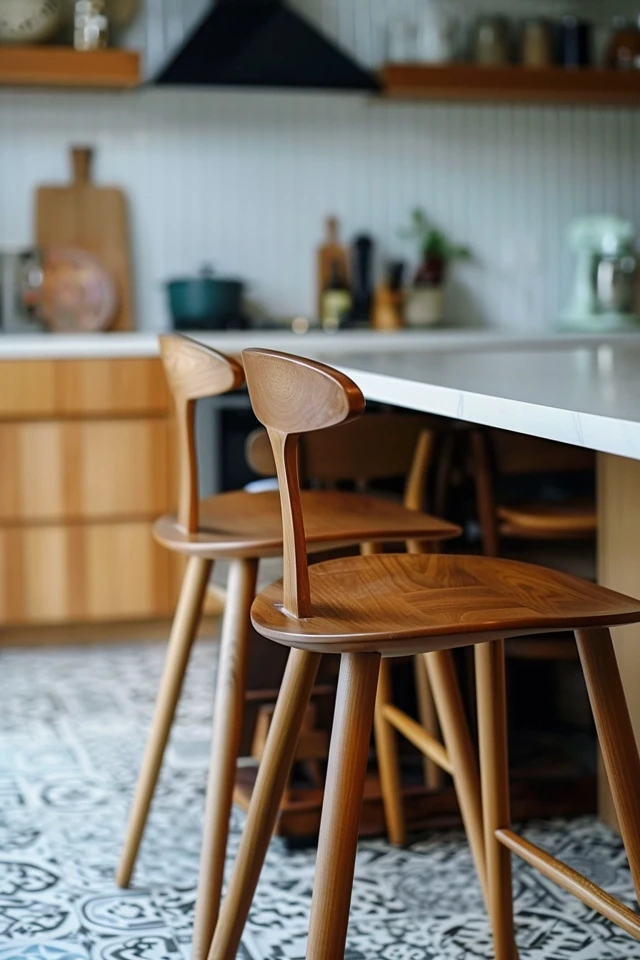
4. Integrate Smart Technology
Modern minimalist kitchens often incorporate smart technology to enhance functionality and maintain a clean aesthetic. Built-in appliances that blend seamlessly with cabinetry can keep the kitchen looking sleek. Smart appliances, such as refrigerators with touchscreens or ovens that can be controlled via smartphone, add convenience and reduce the need for extra devices on the countertops.
Consider incorporating a smart home system that allows you to control lighting, temperature, and appliances with a single device. This integration can streamline your daily tasks and contribute to the minimalist ethos of simplicity and efficiency.
Key Tips:
- Use built-in appliances for a seamless look.
- Invest in smart appliances for added functionality.
- Consider a smart home system to control various elements of your kitchen.
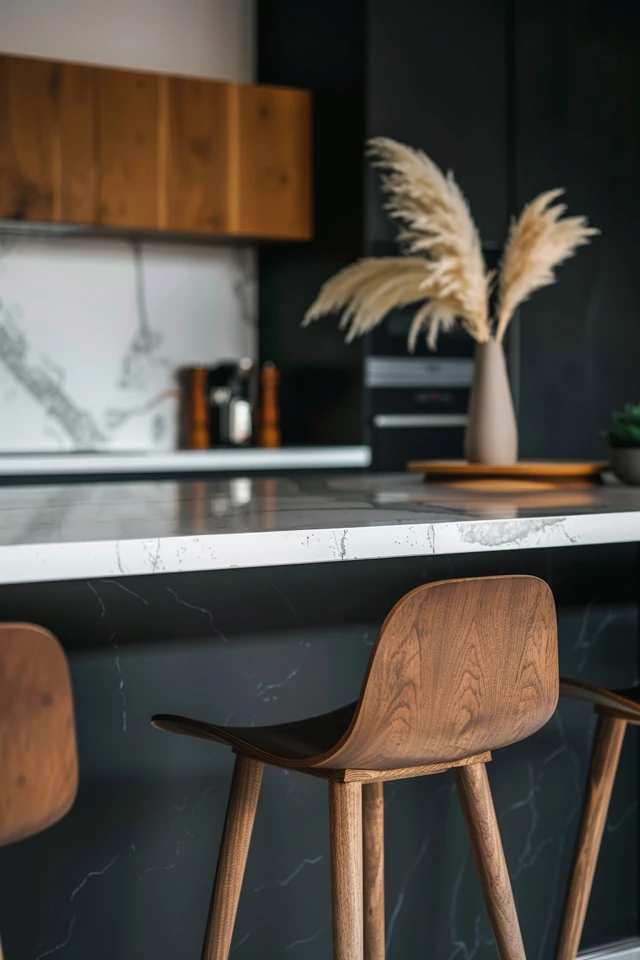
5. Create a Focal Point
While minimalism emphasizes simplicity, it doesn’t mean your kitchen should be devoid of character. Creating a focal point can add visual interest without cluttering the space. This could be a statement piece like a large kitchen island, a bold backsplash, or a piece of art.
Choose a focal point that aligns with the minimalist aesthetic. For instance, a kitchen island with a waterfall countertop can serve as both a functional workspace and a design statement. A unique light fixture above the island can also draw the eye and add sophistication.
Key Tips:
- Add a statement piece like a kitchen island or bold backsplash.
- Choose a focal point that aligns with minimalist principles.
- Use unique fixtures to add character without clutter.
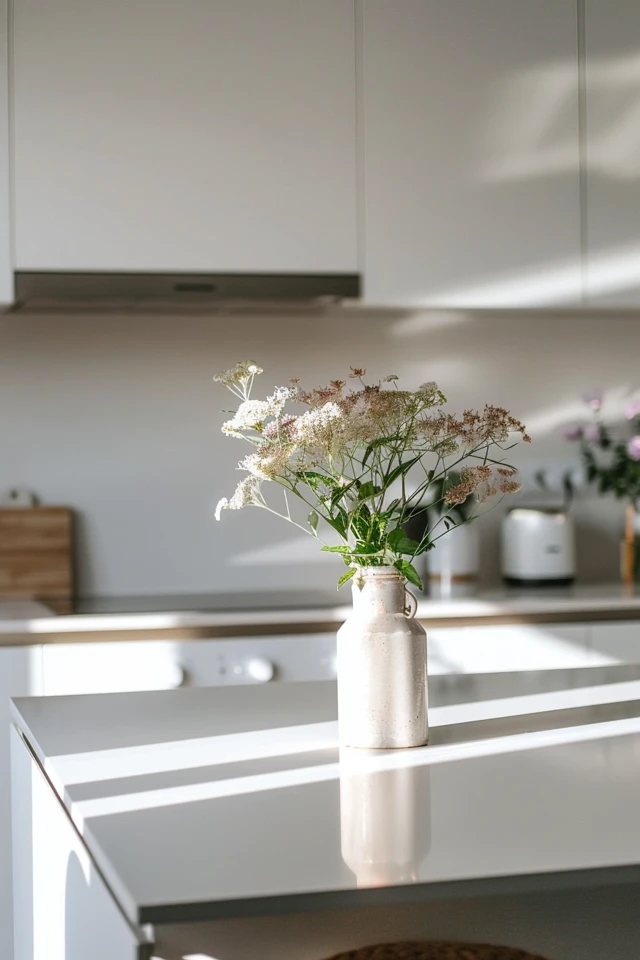
Conclusion
Creating a minimalist kitchen is about more than just aesthetic appeal; it’s about enhancing functionality and creating a space that feels calm and inviting. By prioritizing simplicity, optimizing storage, choosing quality materials, integrating smart technology, and creating a focal point, you can design a kitchen that is both sleek and highly functional.
As an architect and interior designer, I can attest to the transformative power of minimalist design. It simplifies your life by reducing clutter and creating a more organized and efficient space. Whether you’re renovating your existing kitchen or starting from scratch, these evidence-based strategies will help you achieve a minimalist kitchen that is both beautiful and practical.
Incorporating these principles into your kitchen design not only elevates the space but also enhances your overall quality of life. Embrace minimalism, and let your kitchen become a serene and functional heart of your home.
Inspirational Pictures
